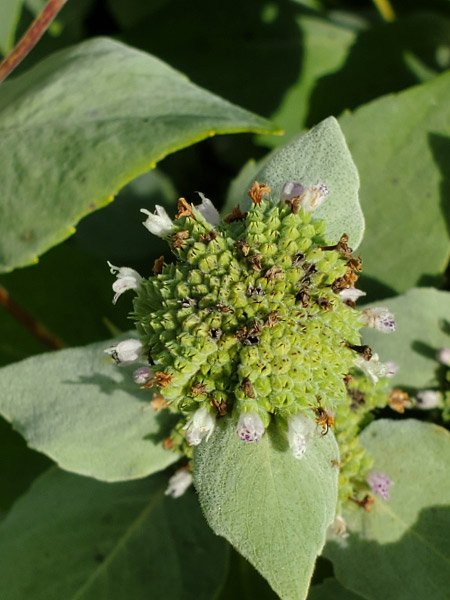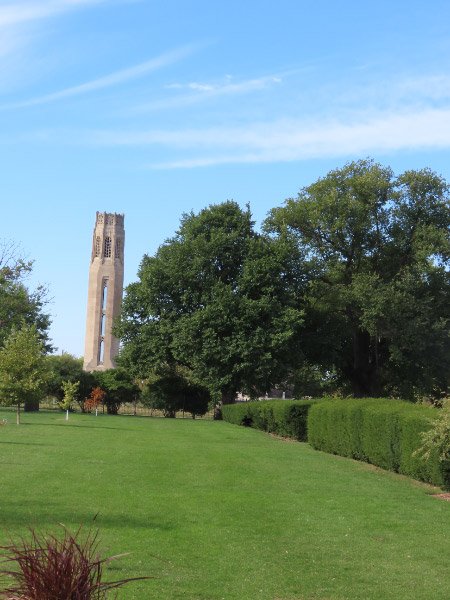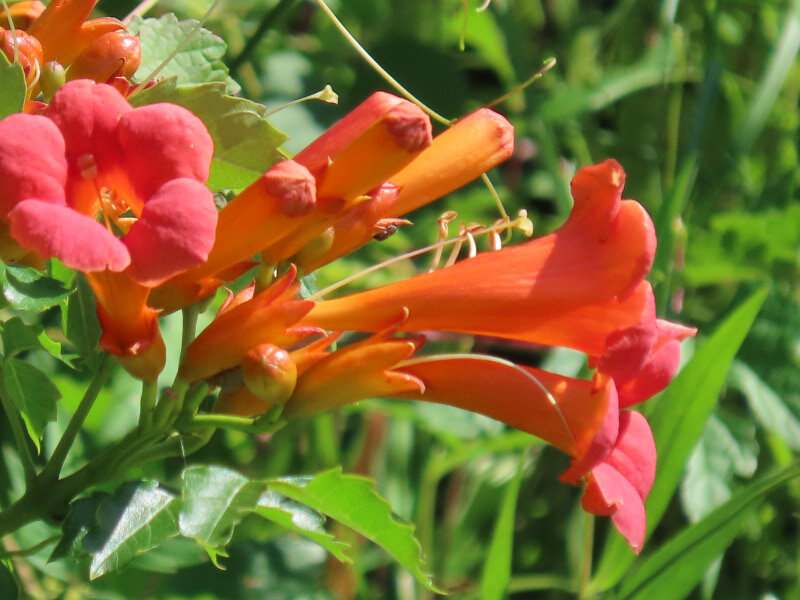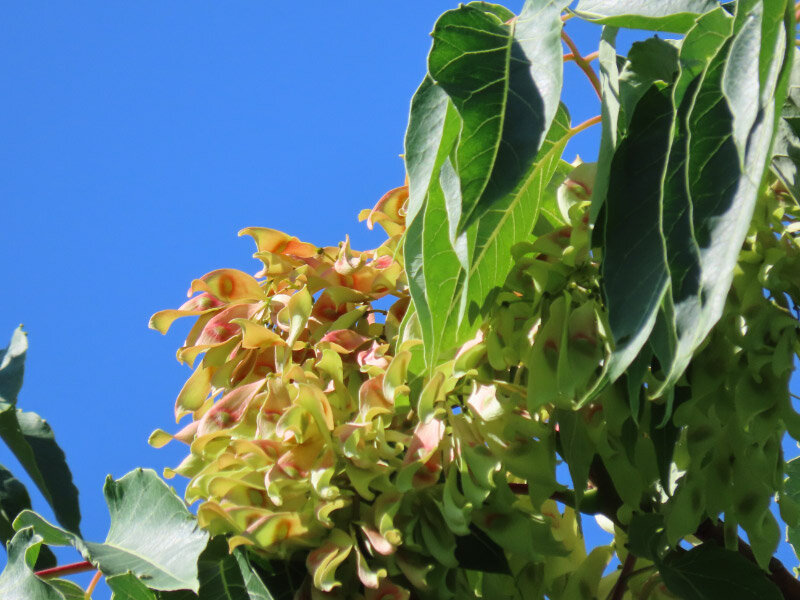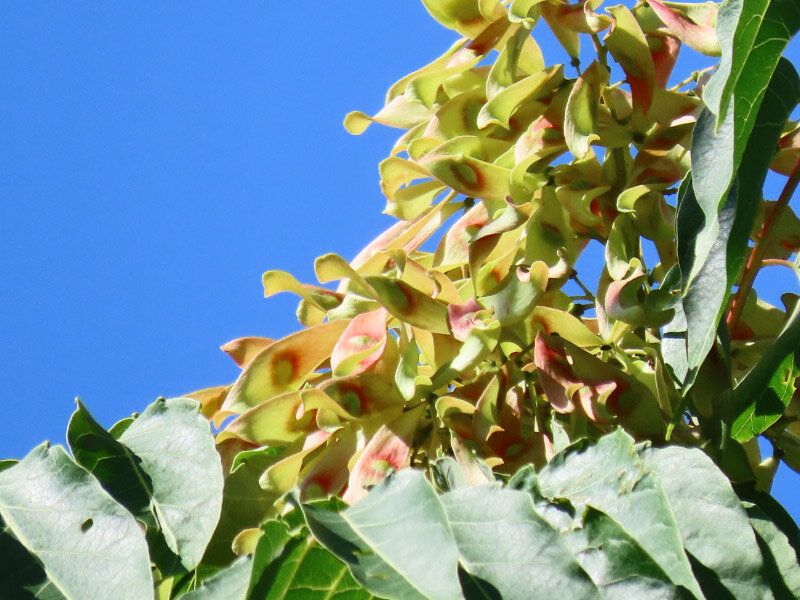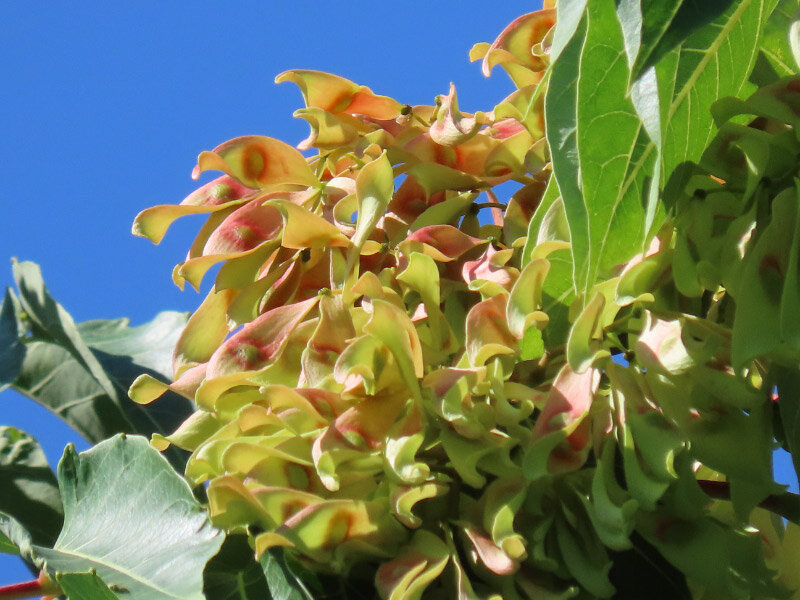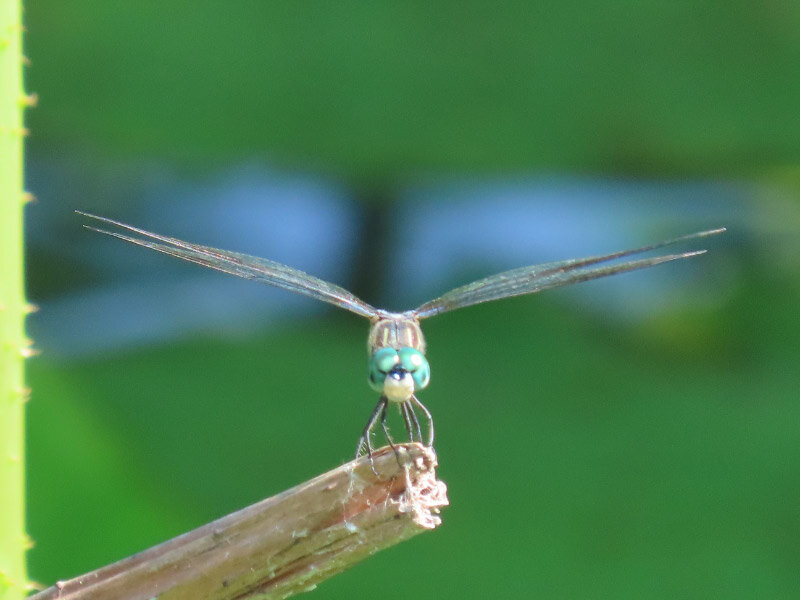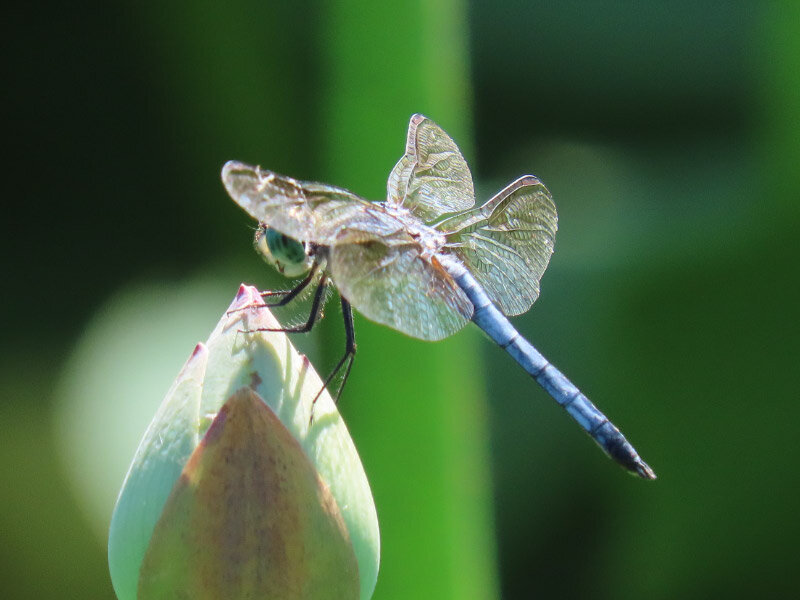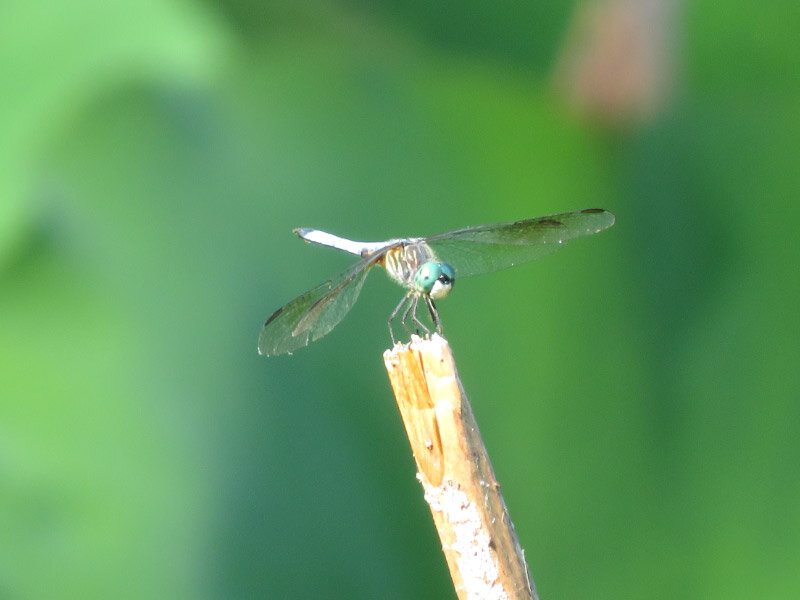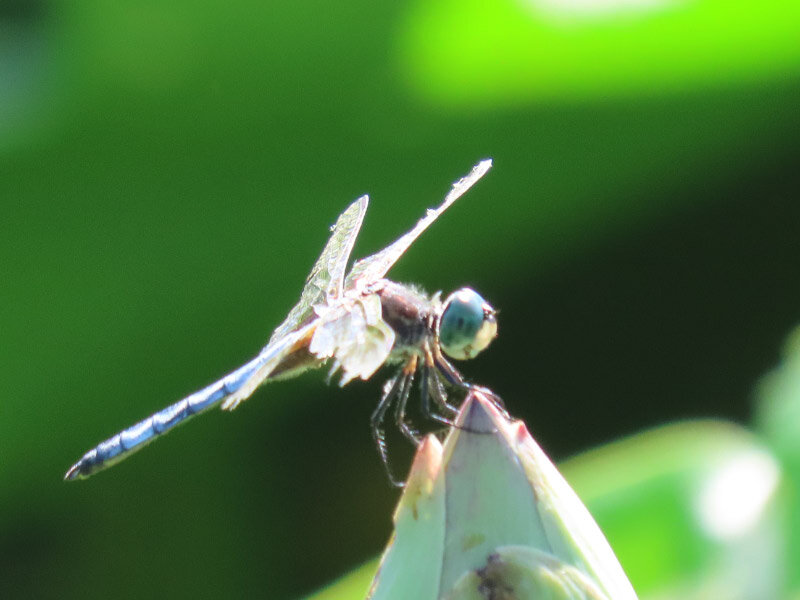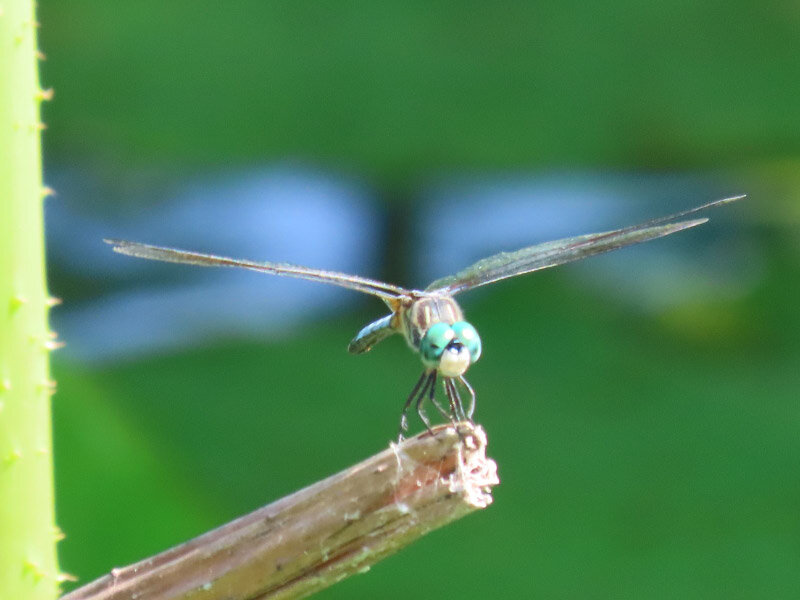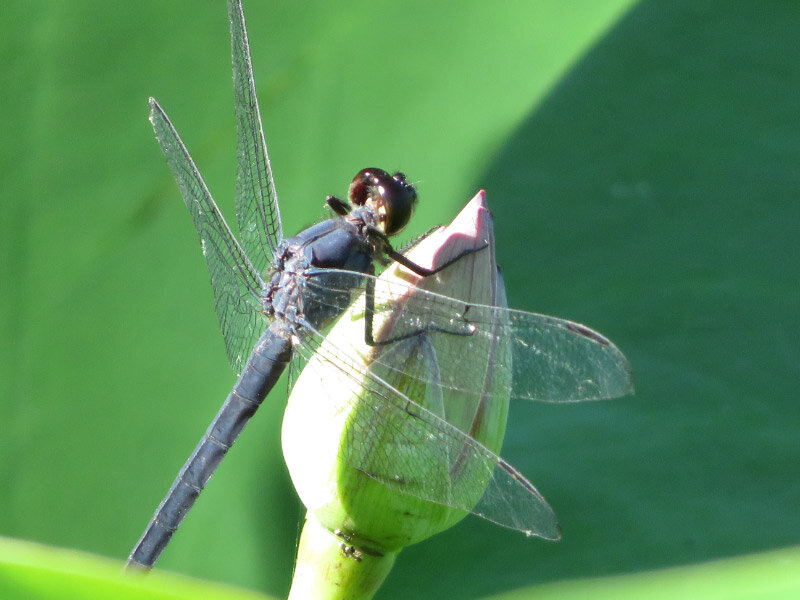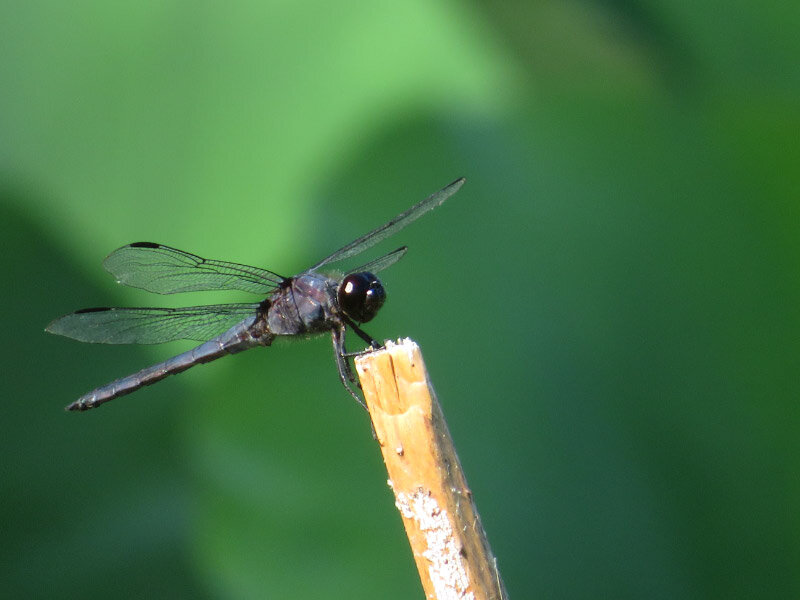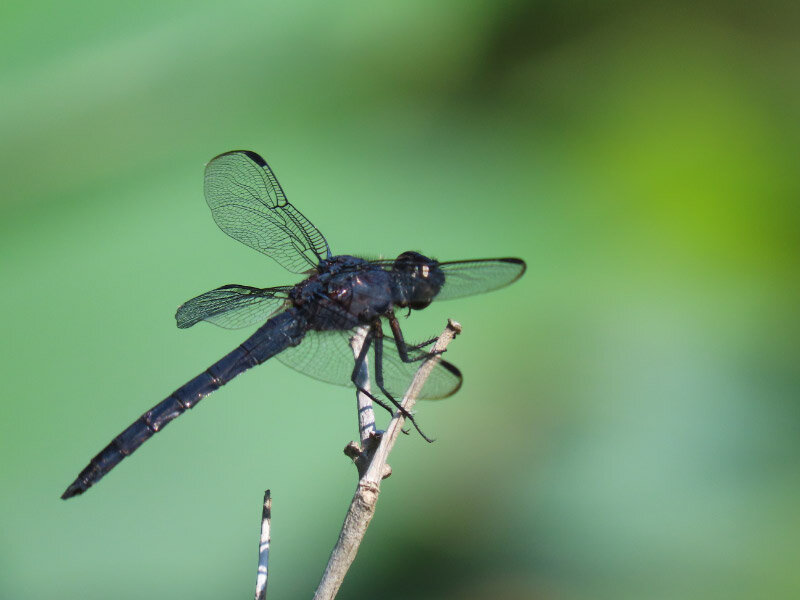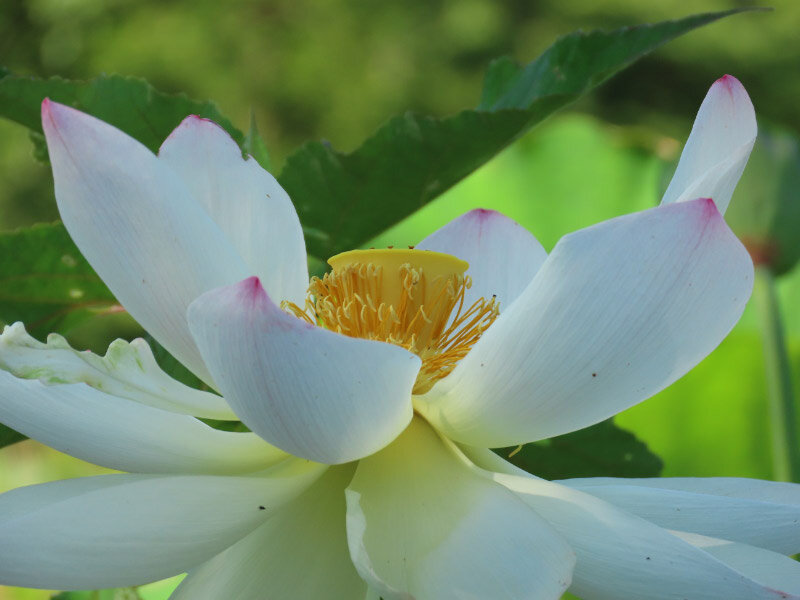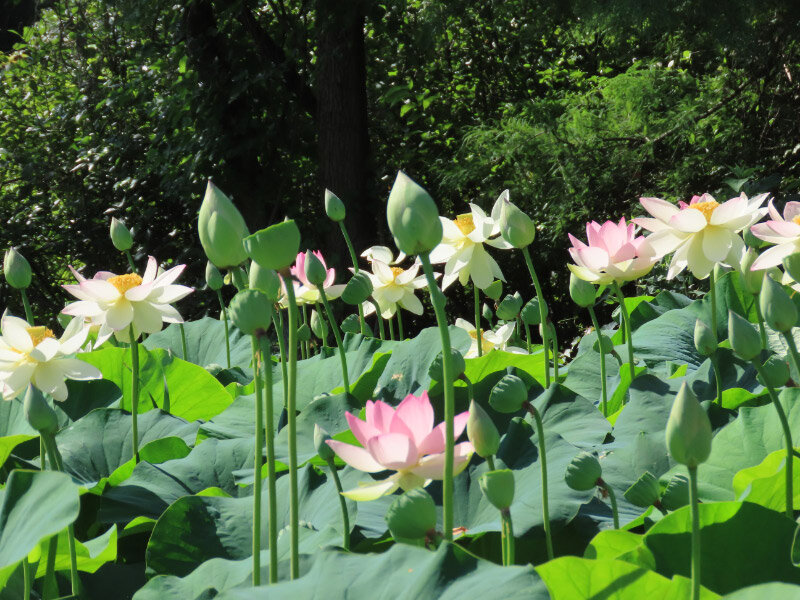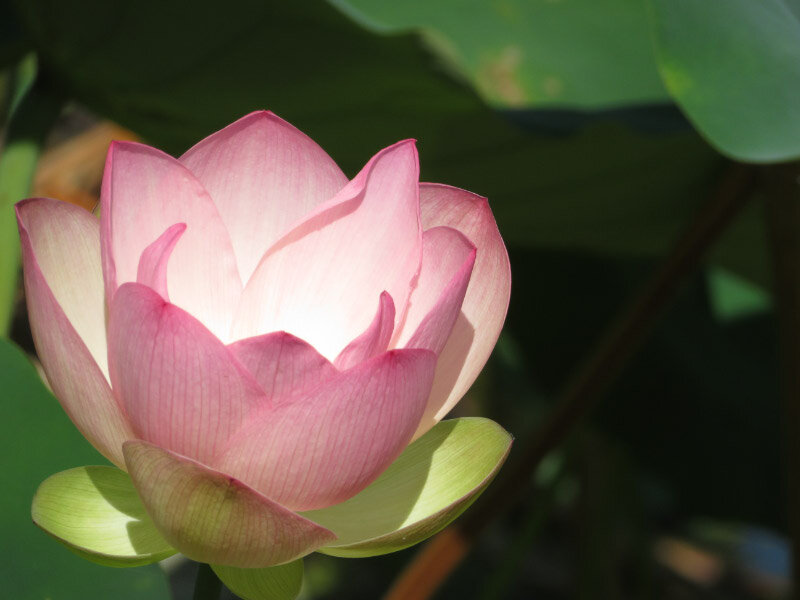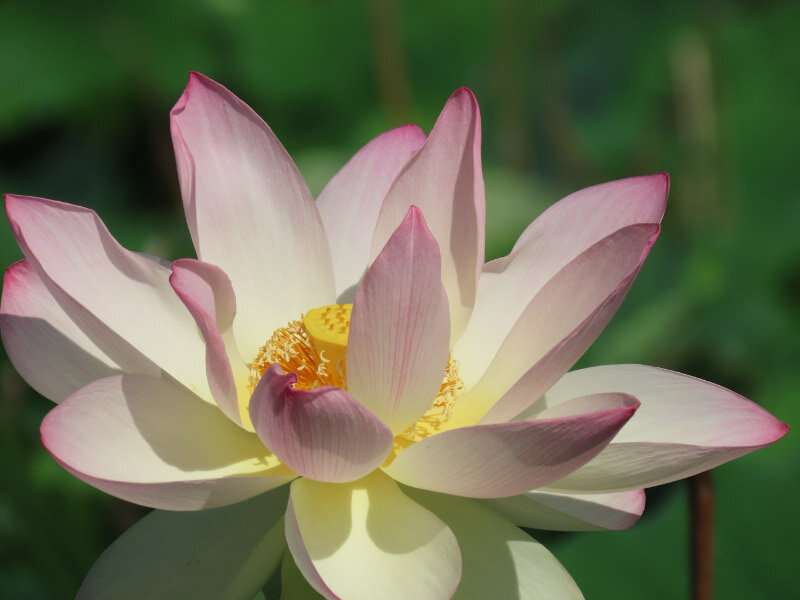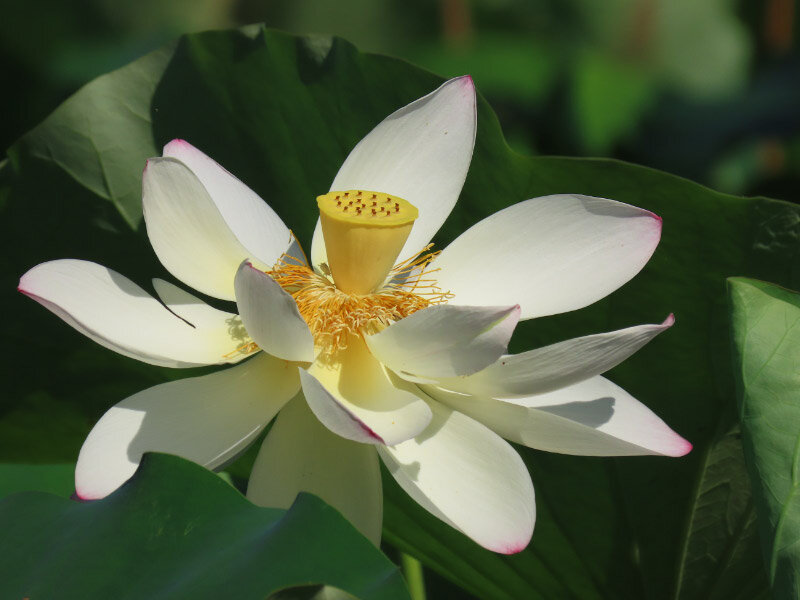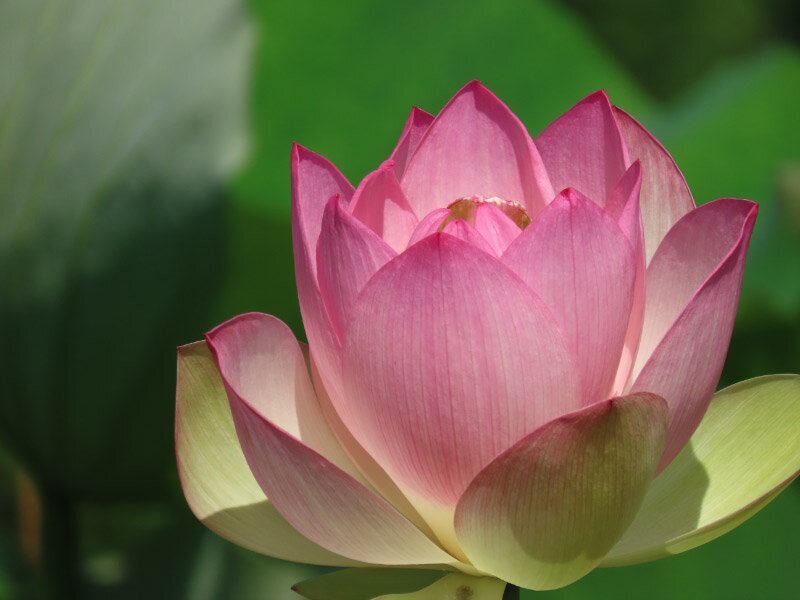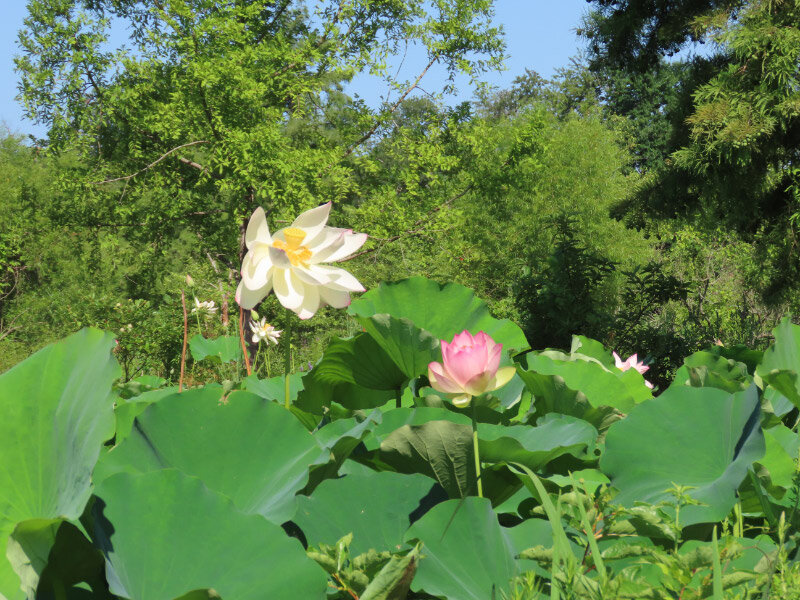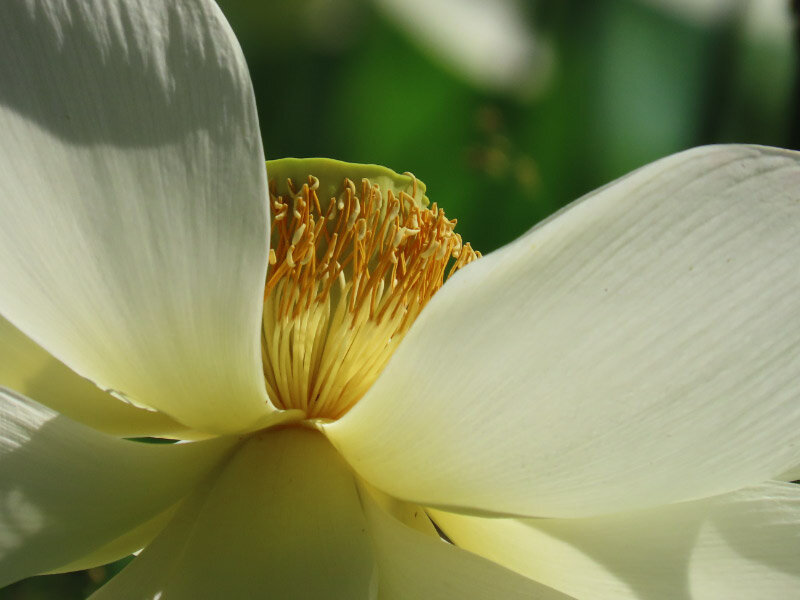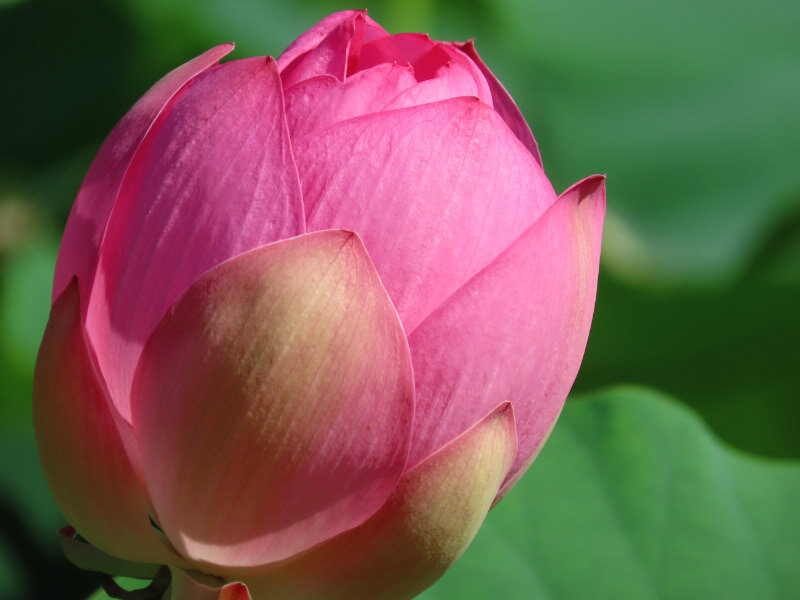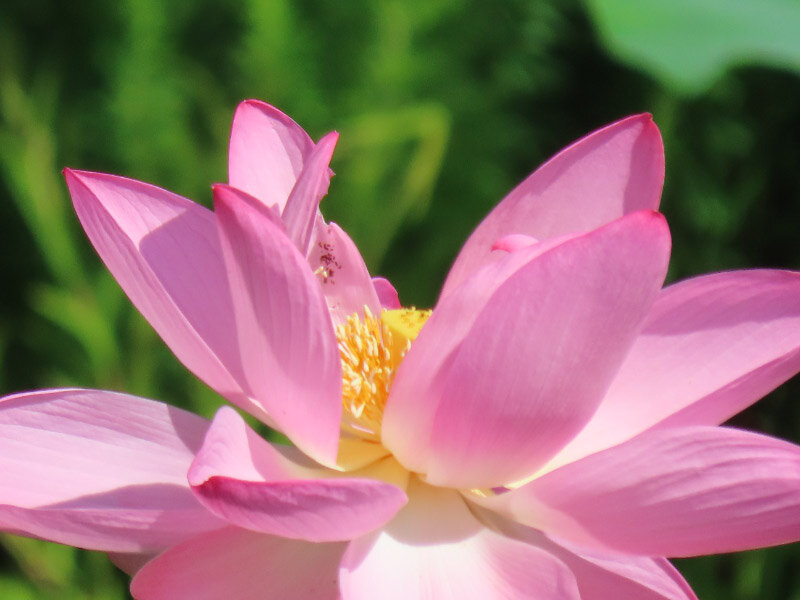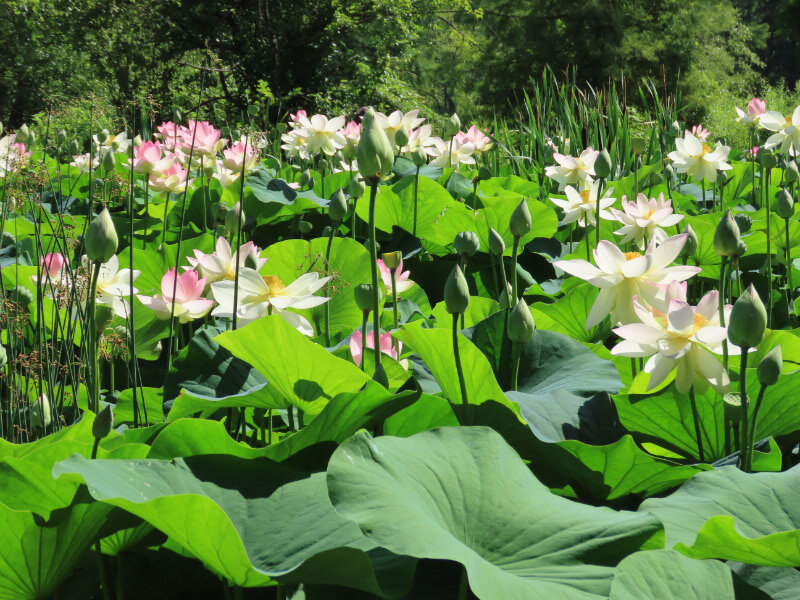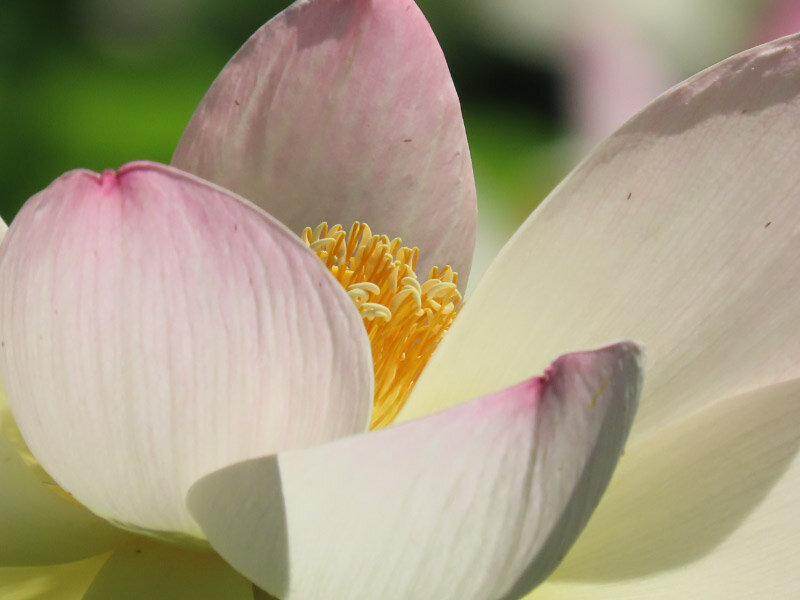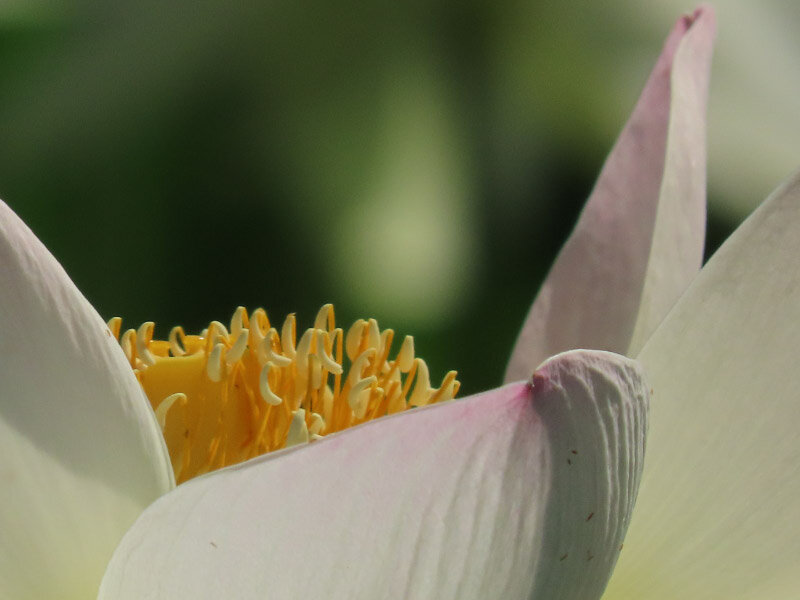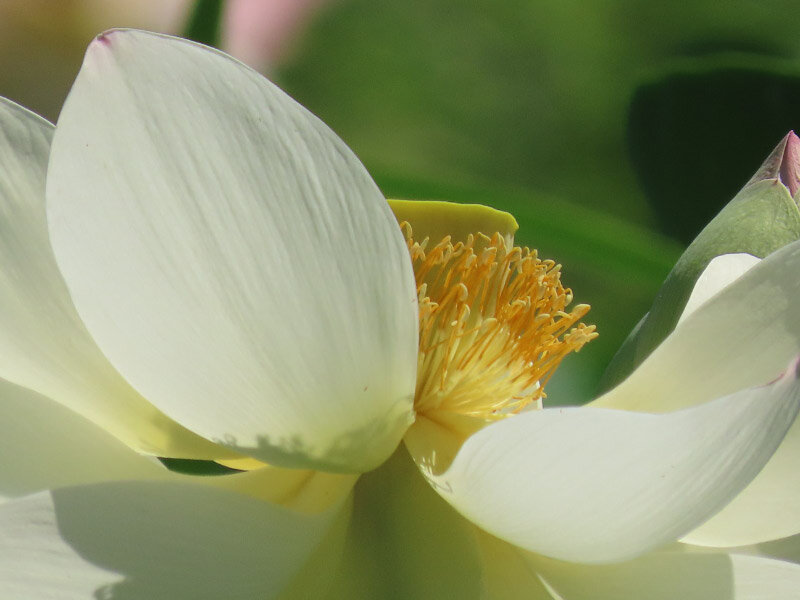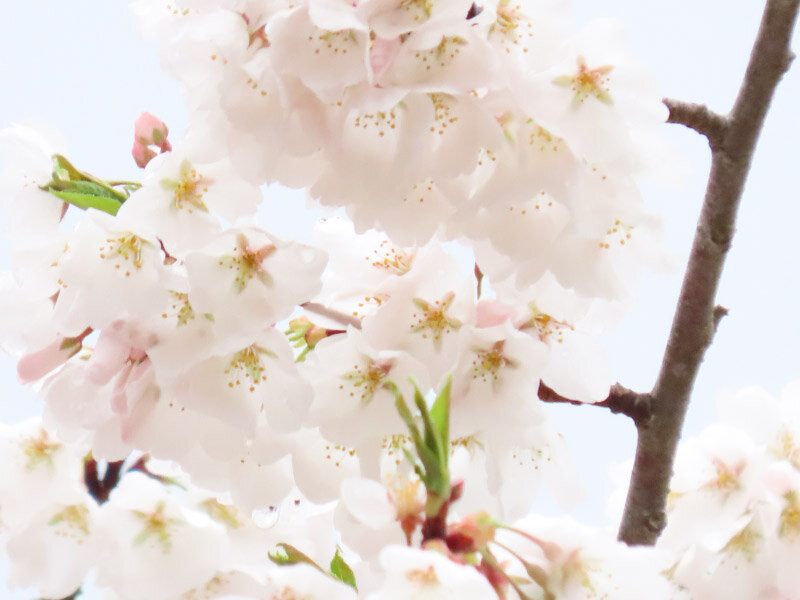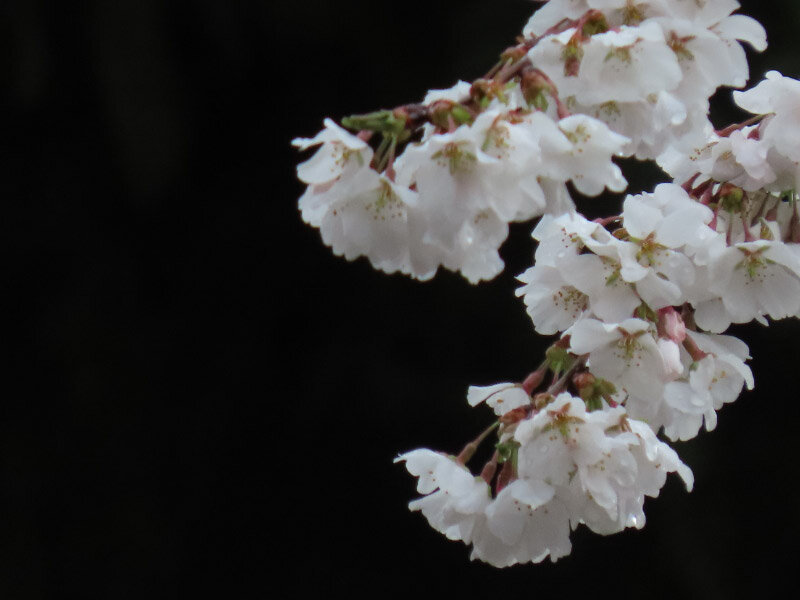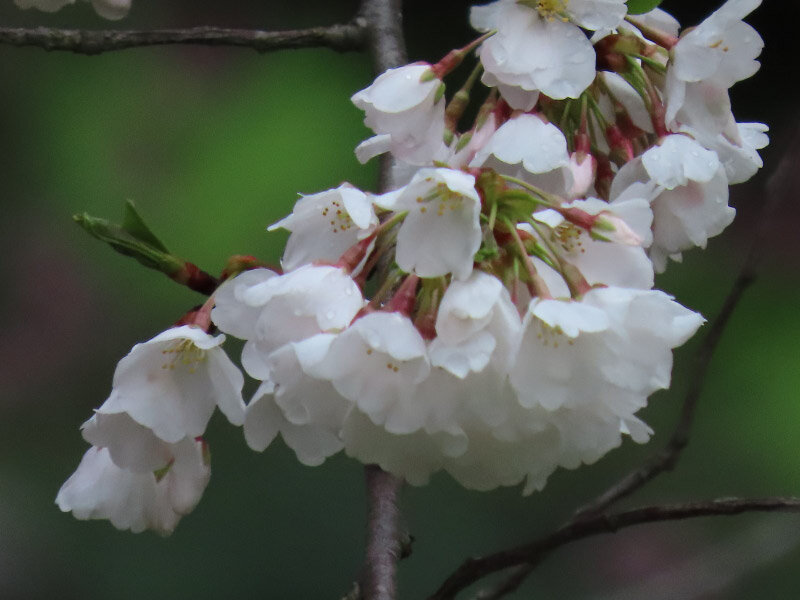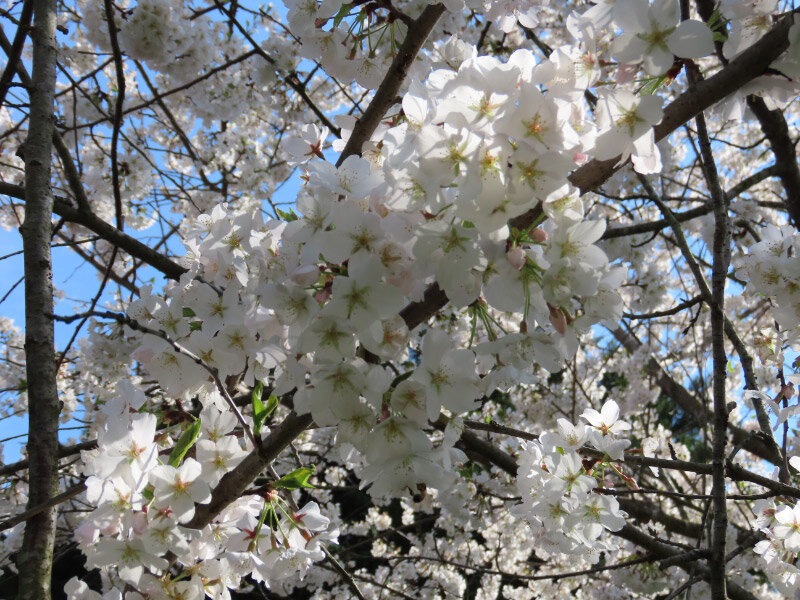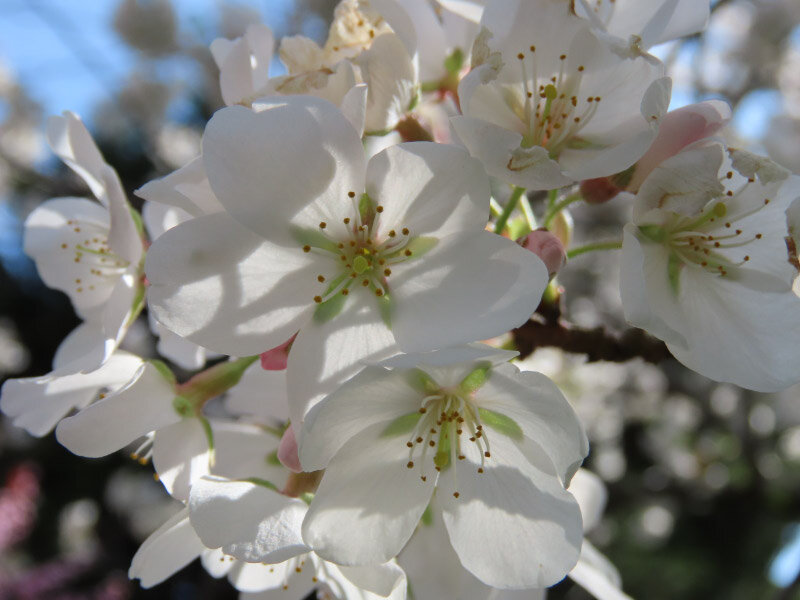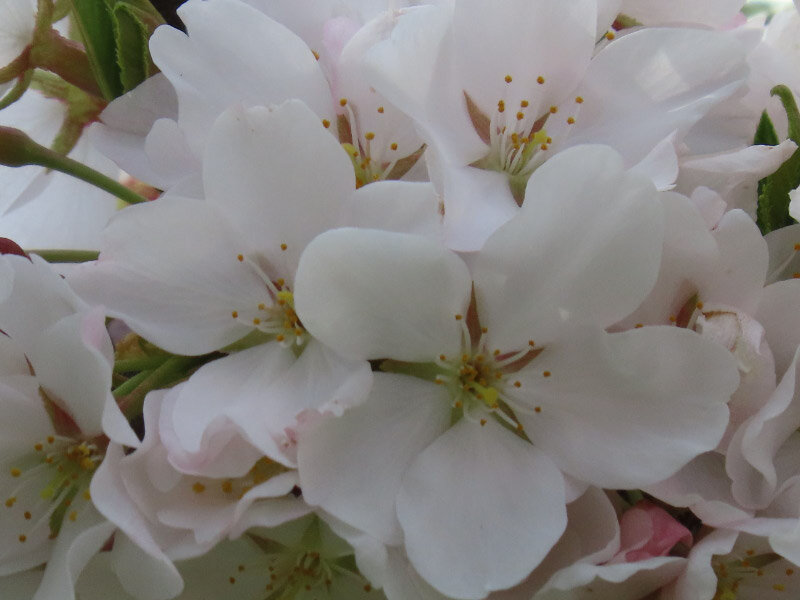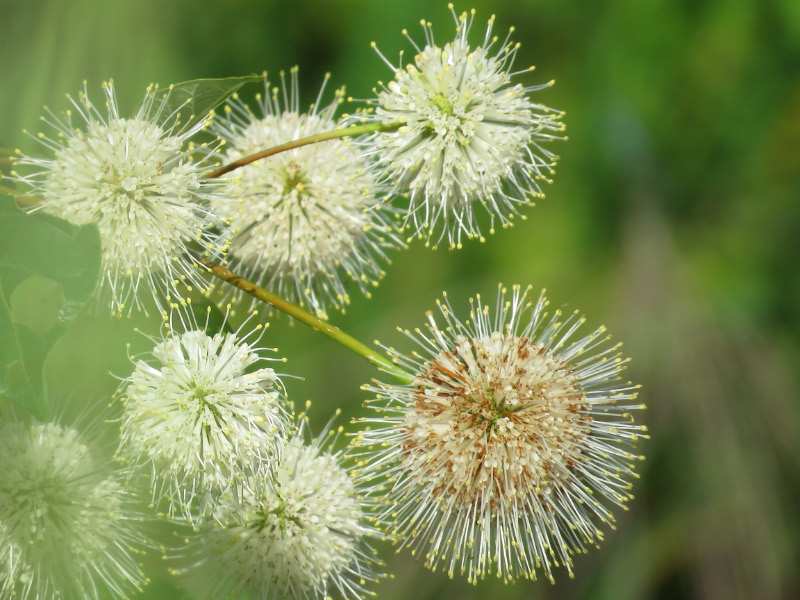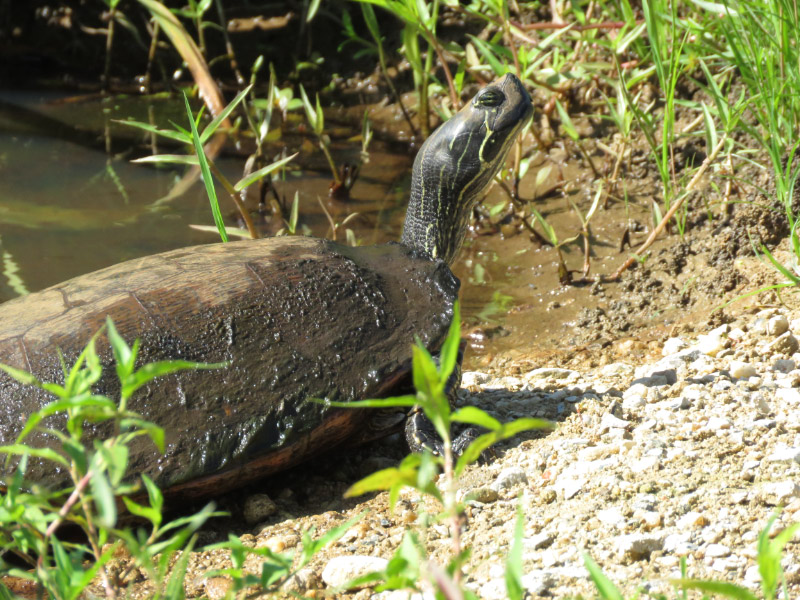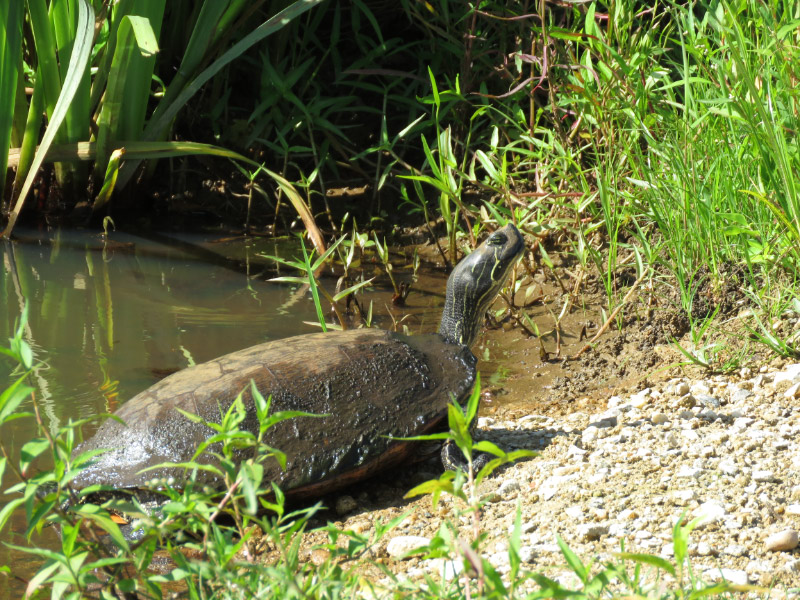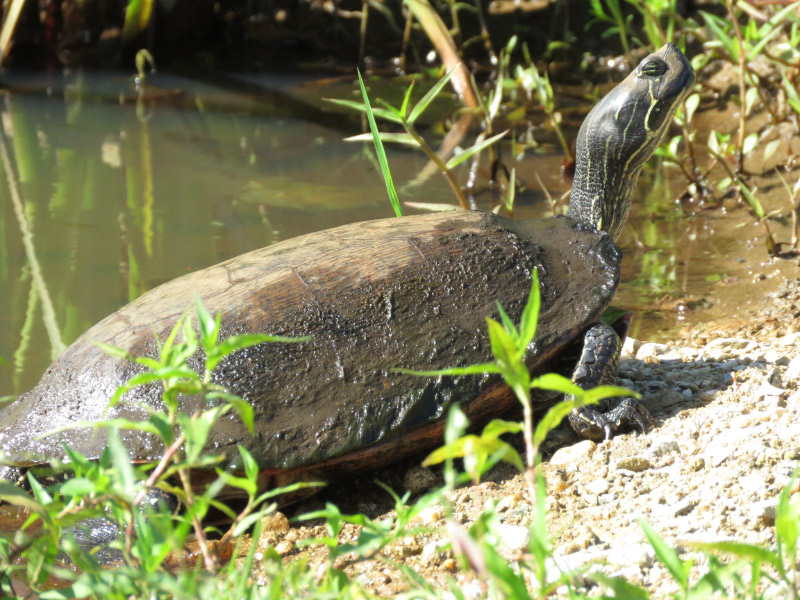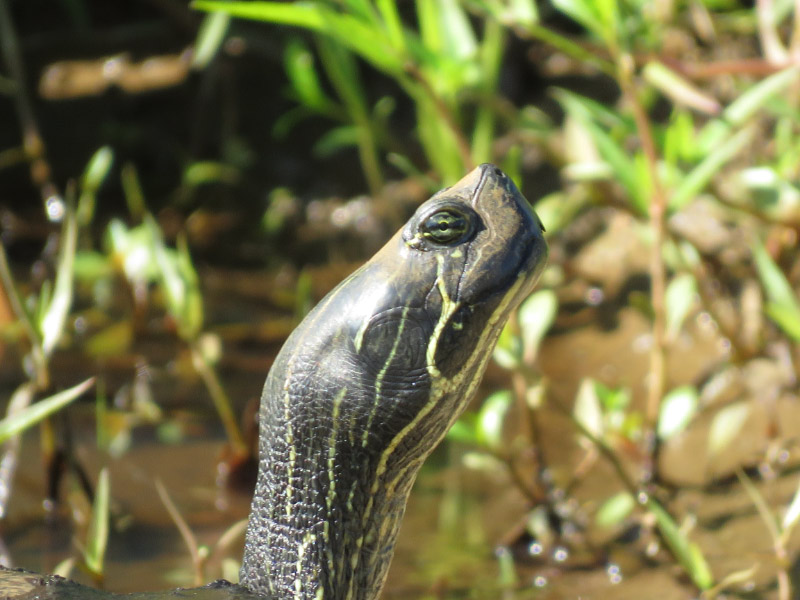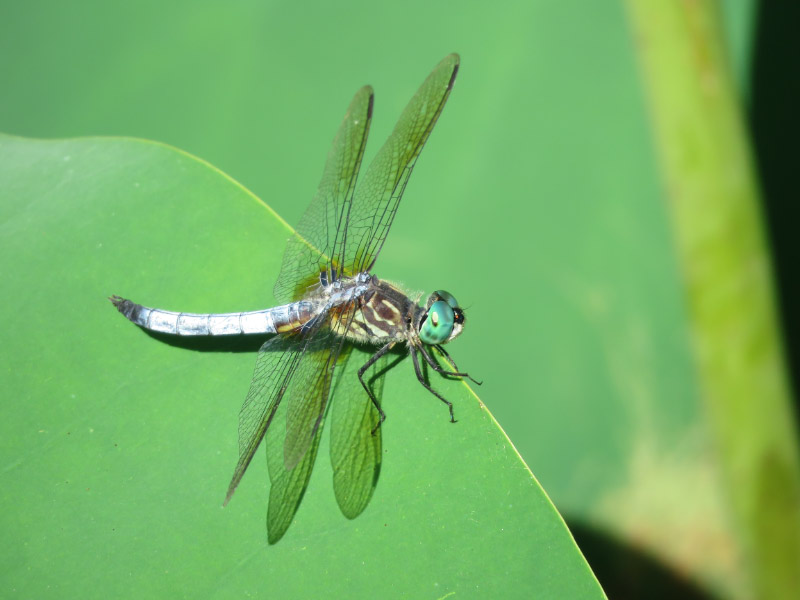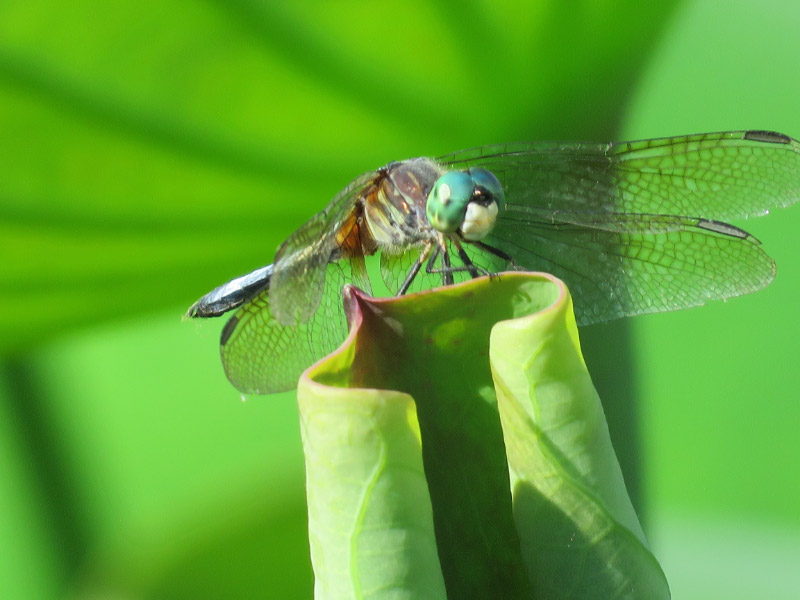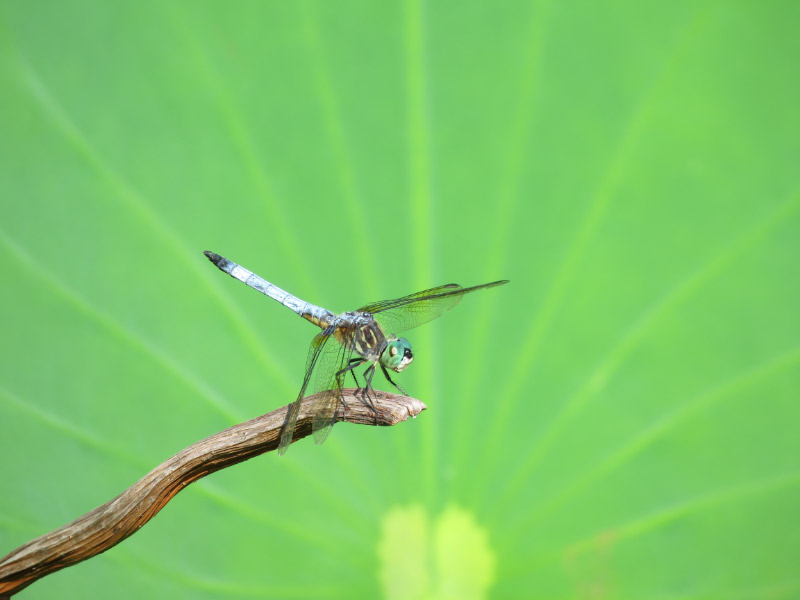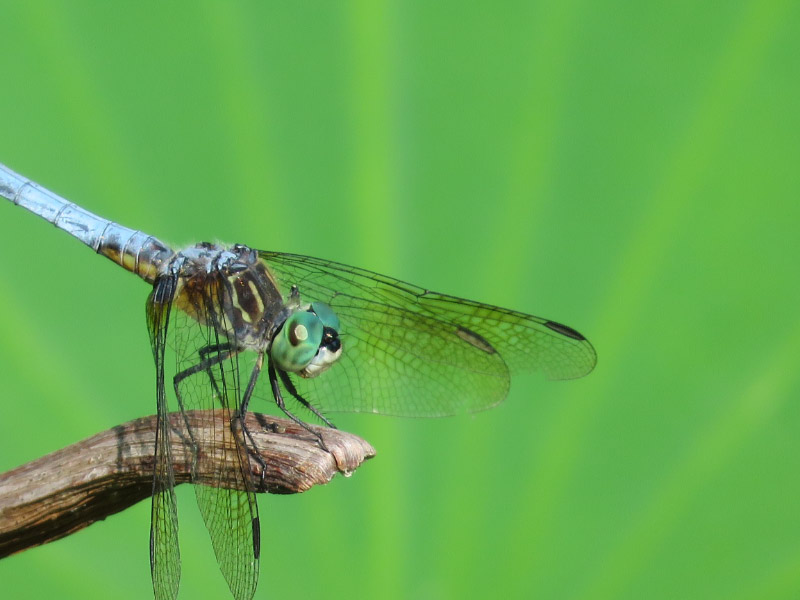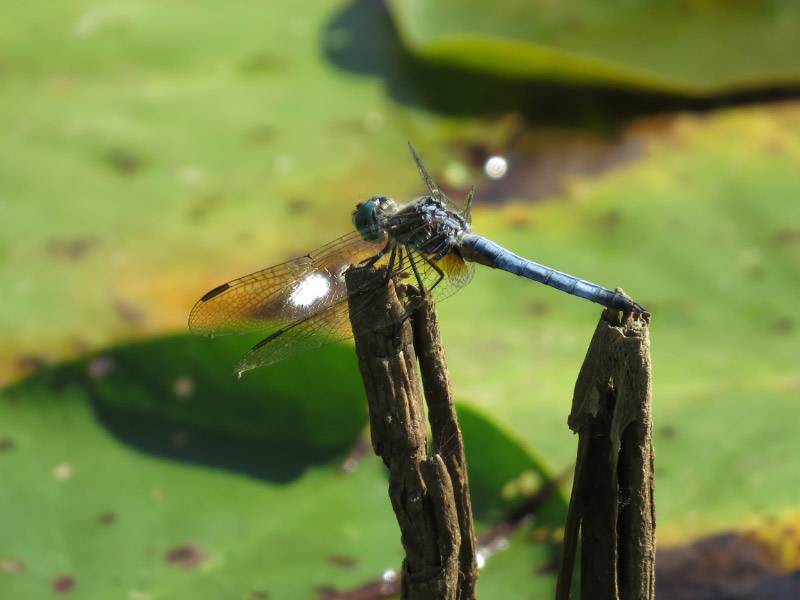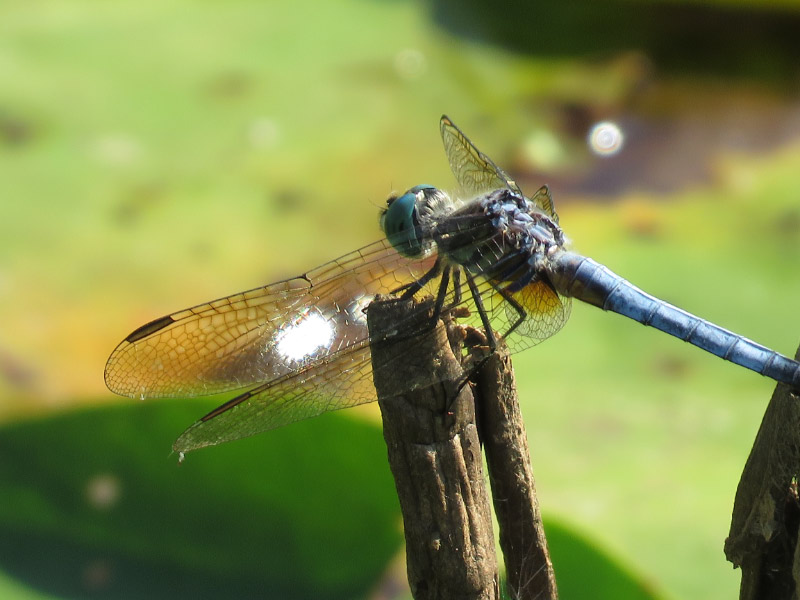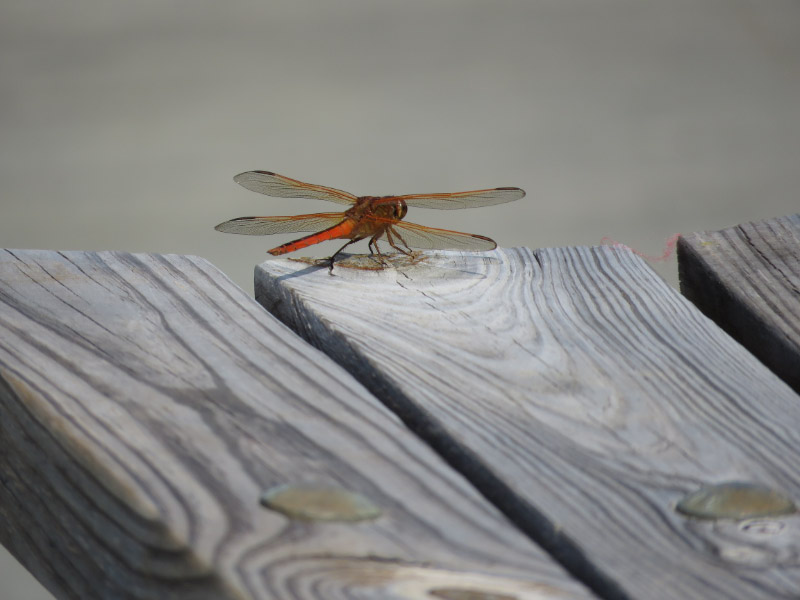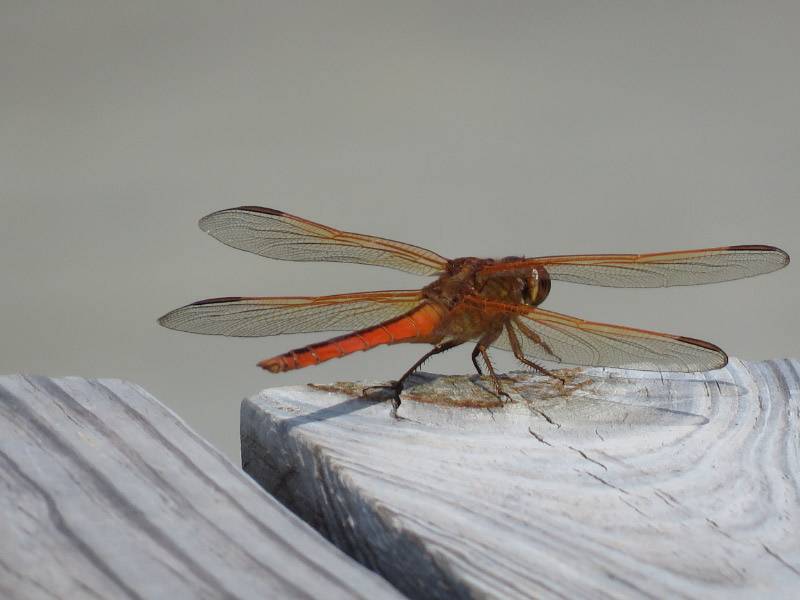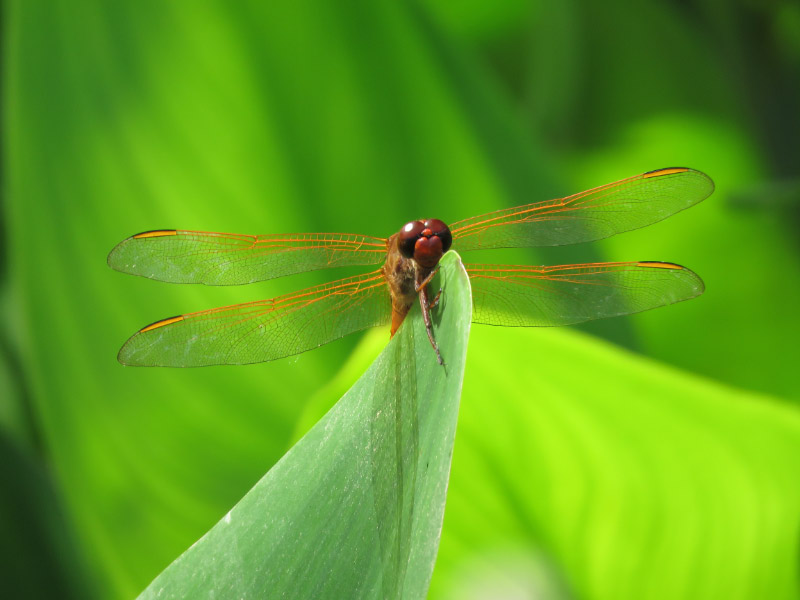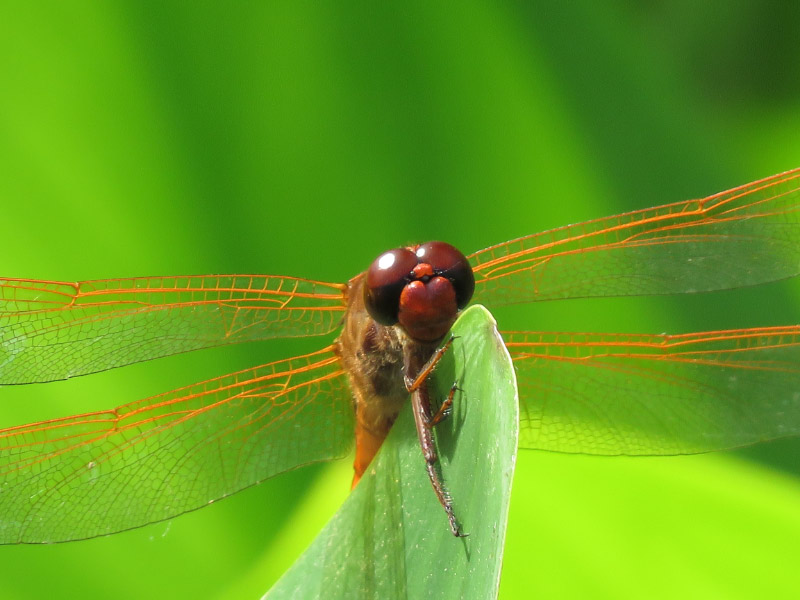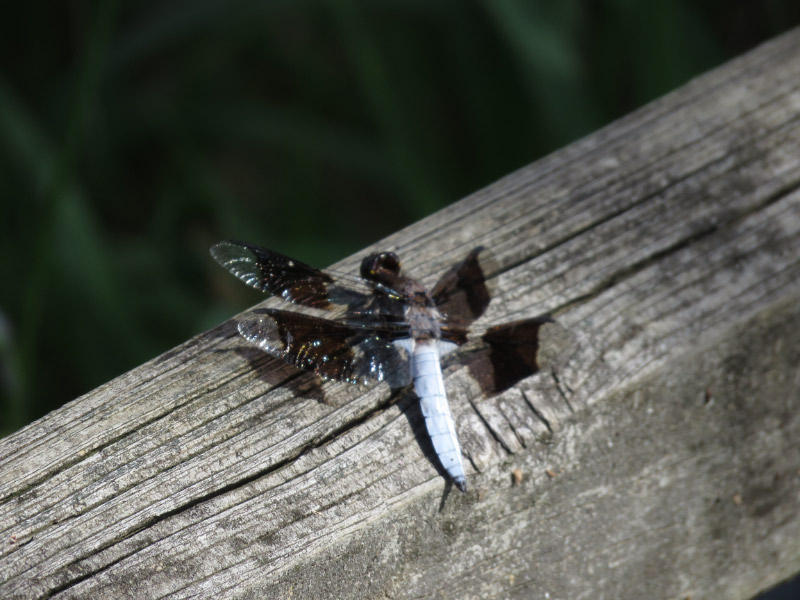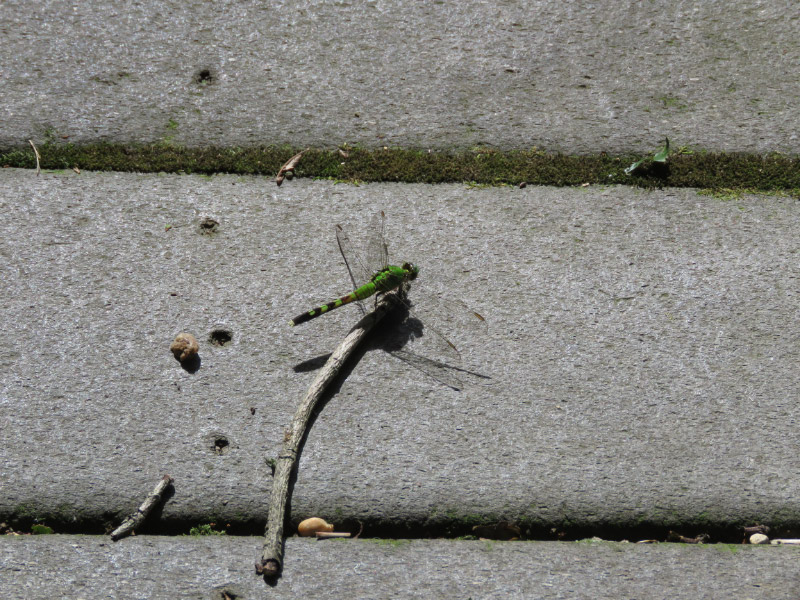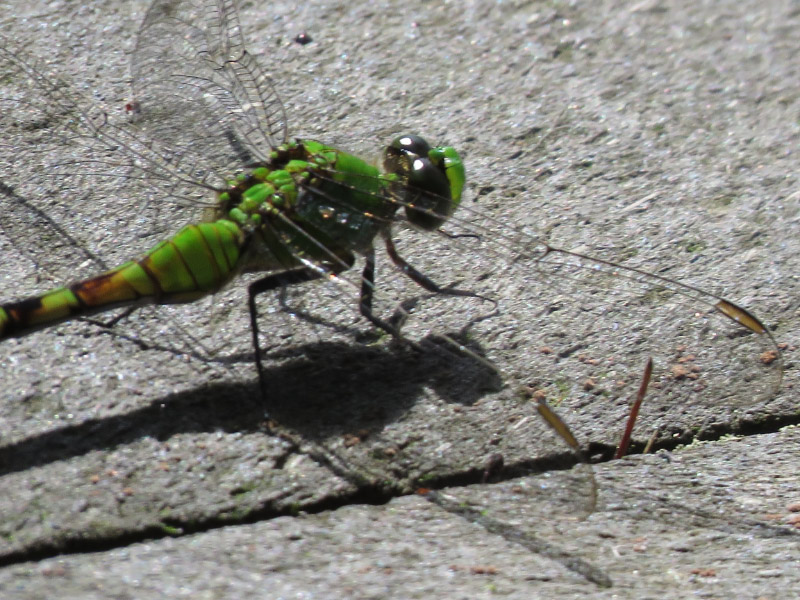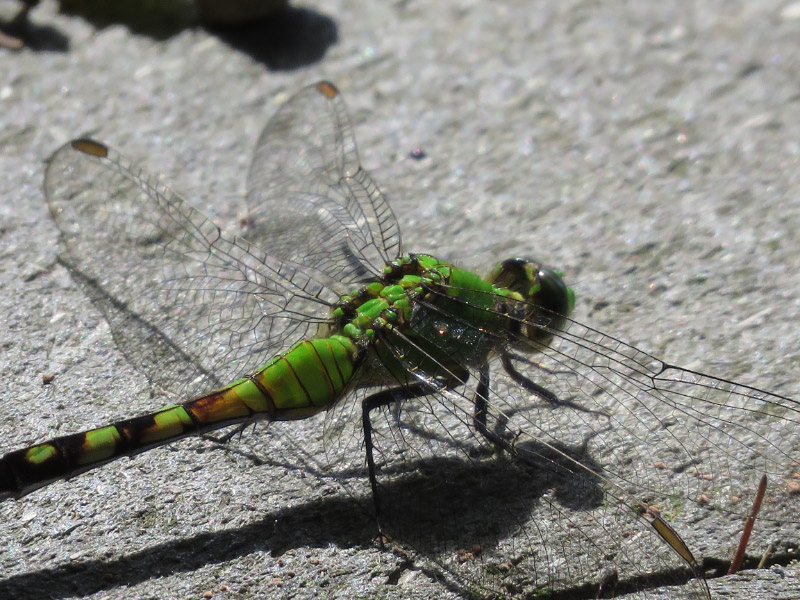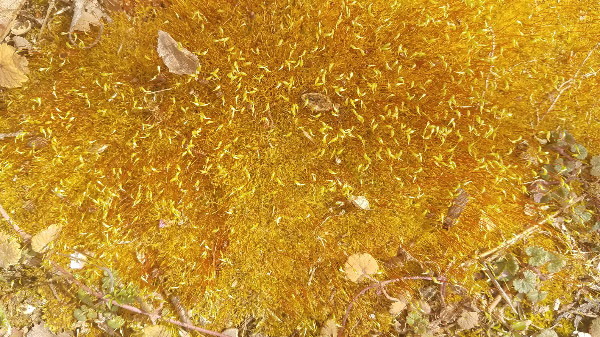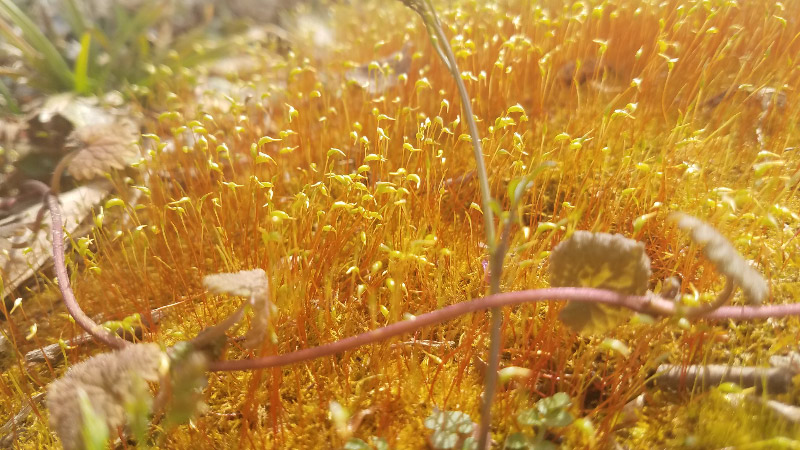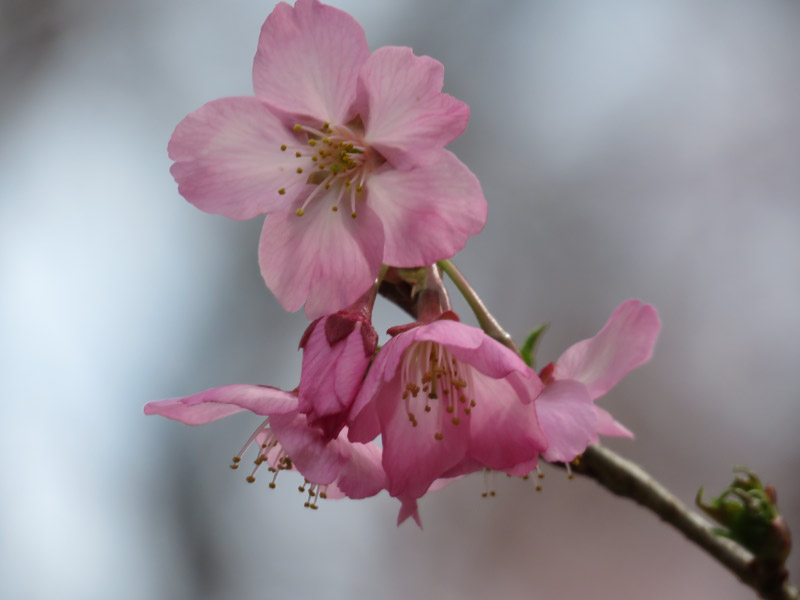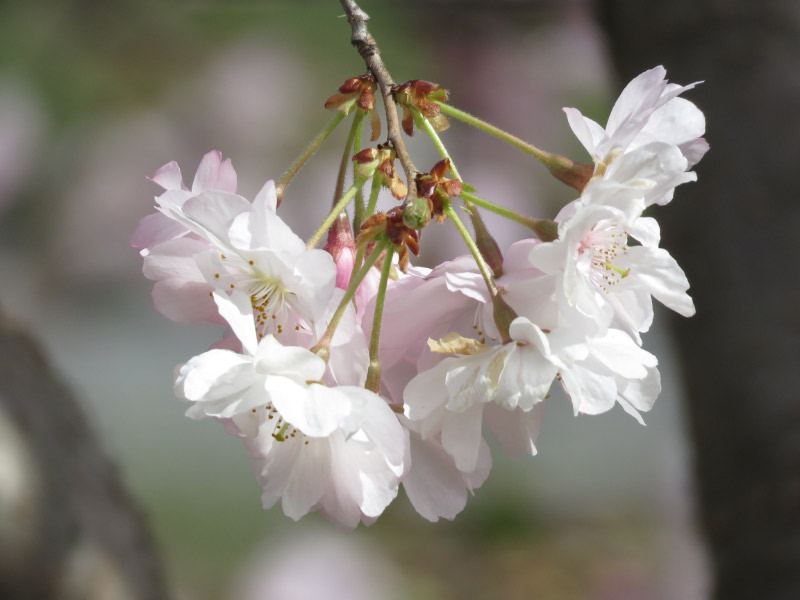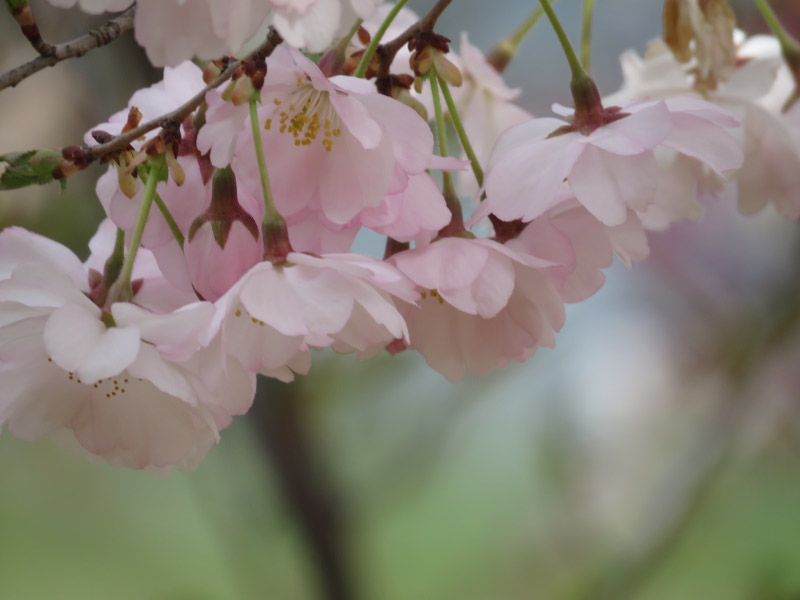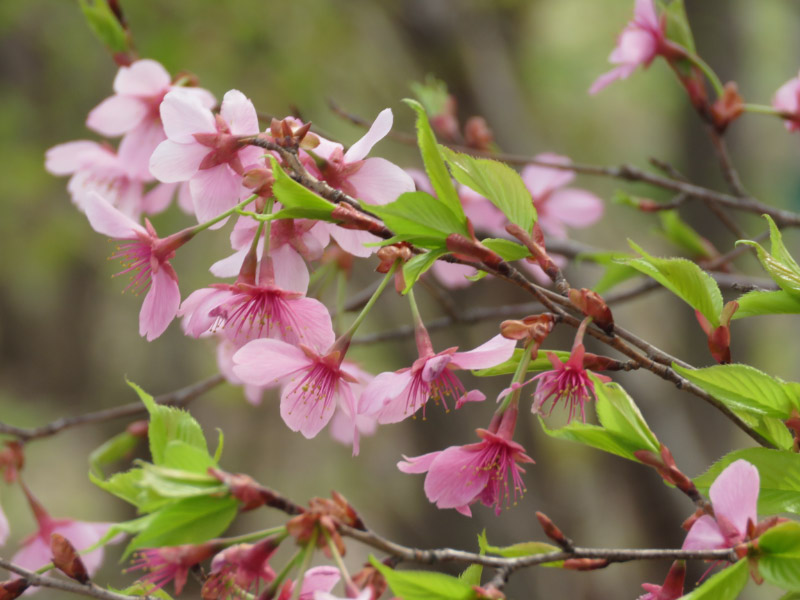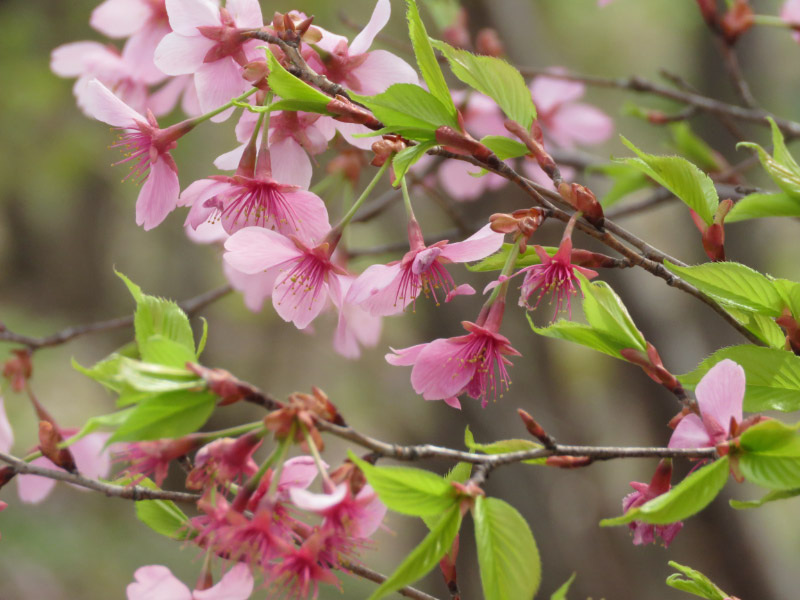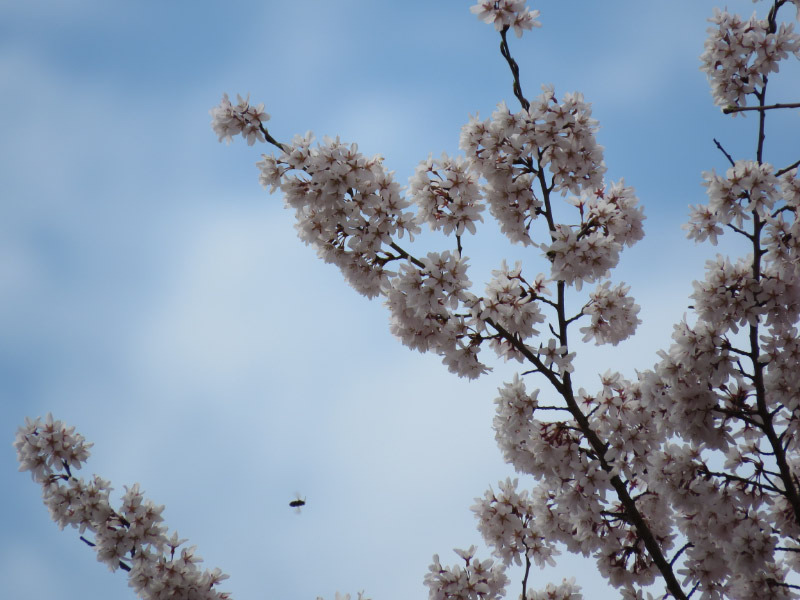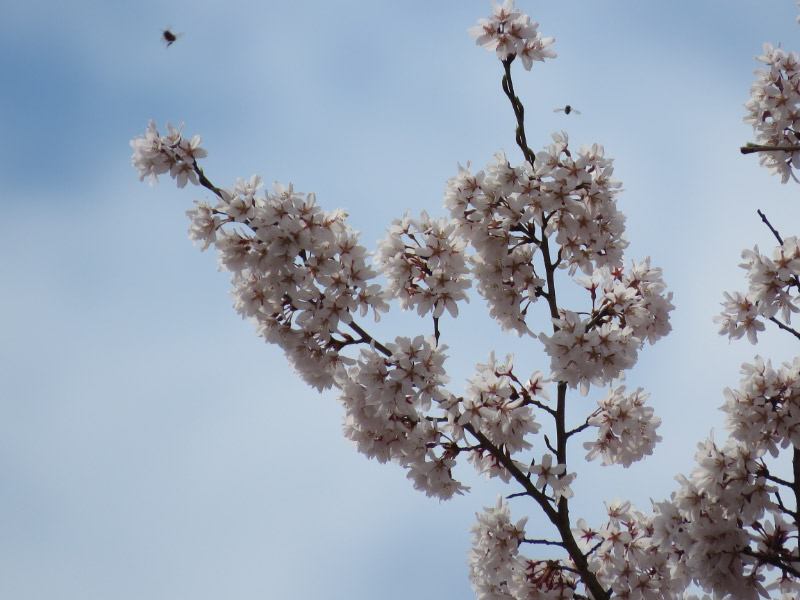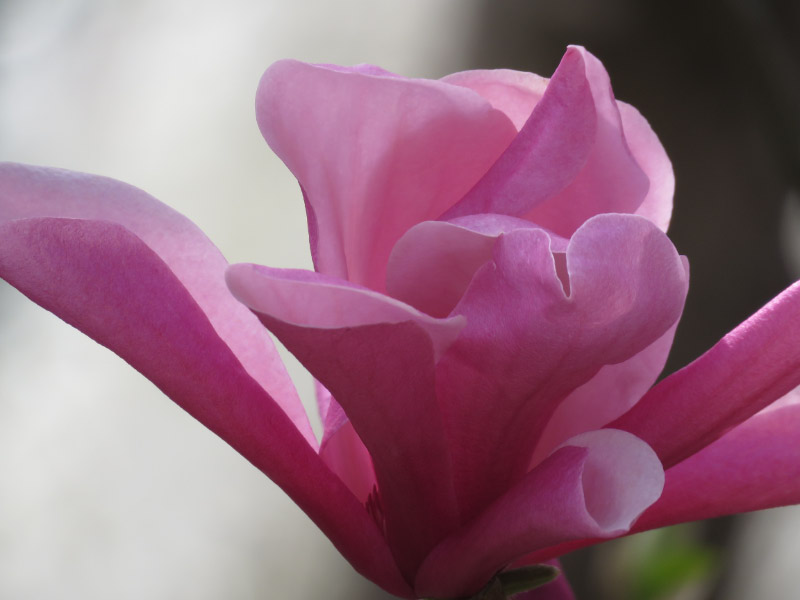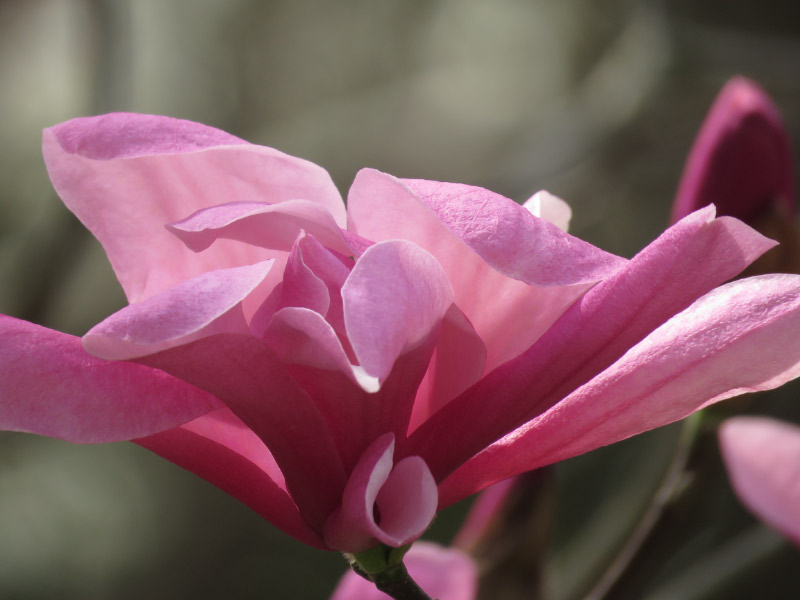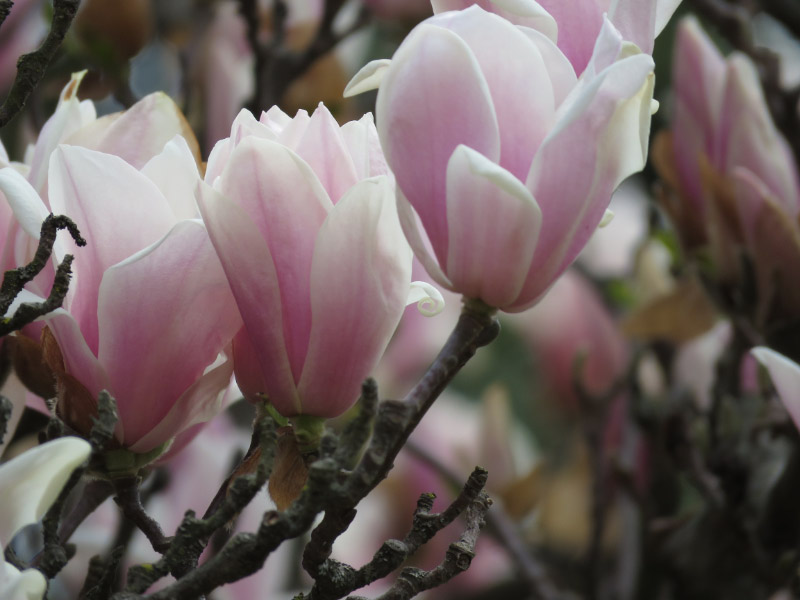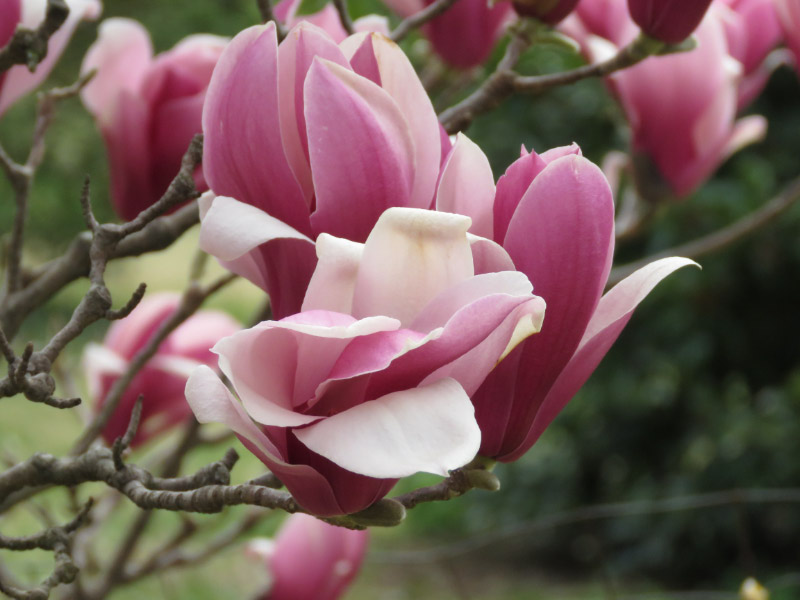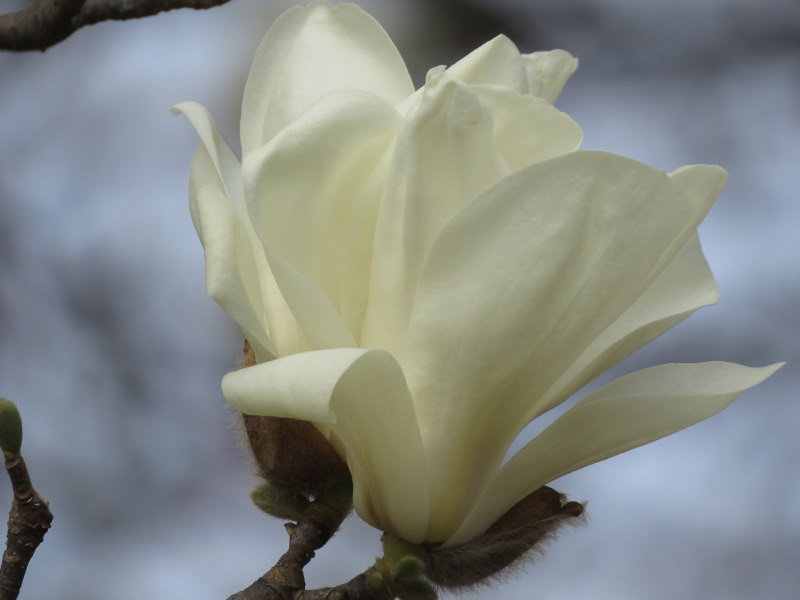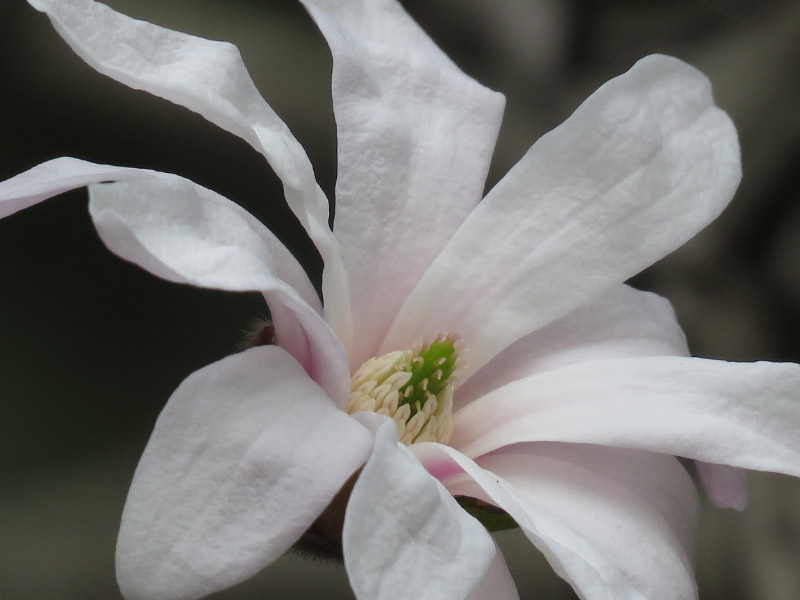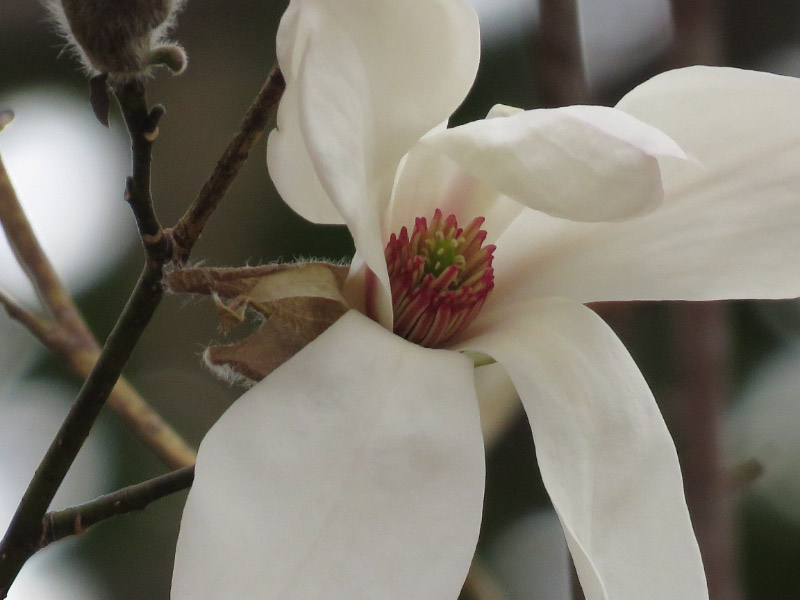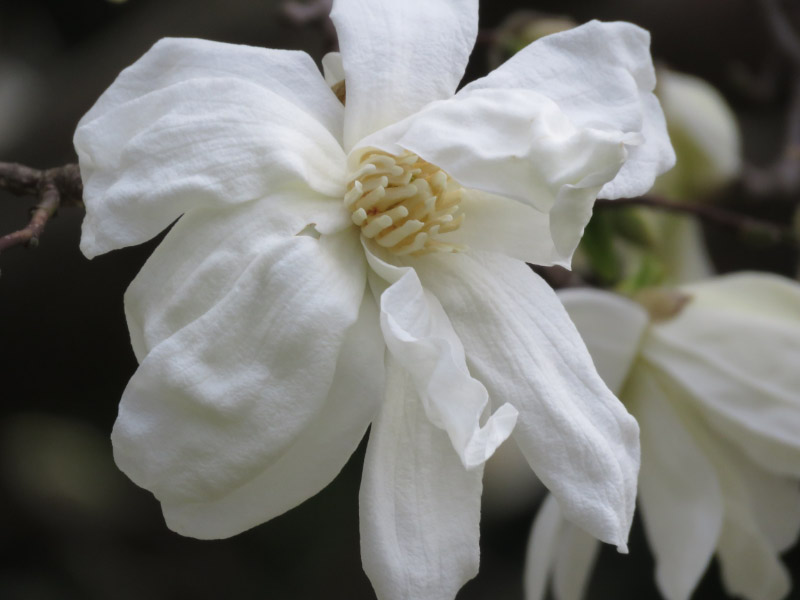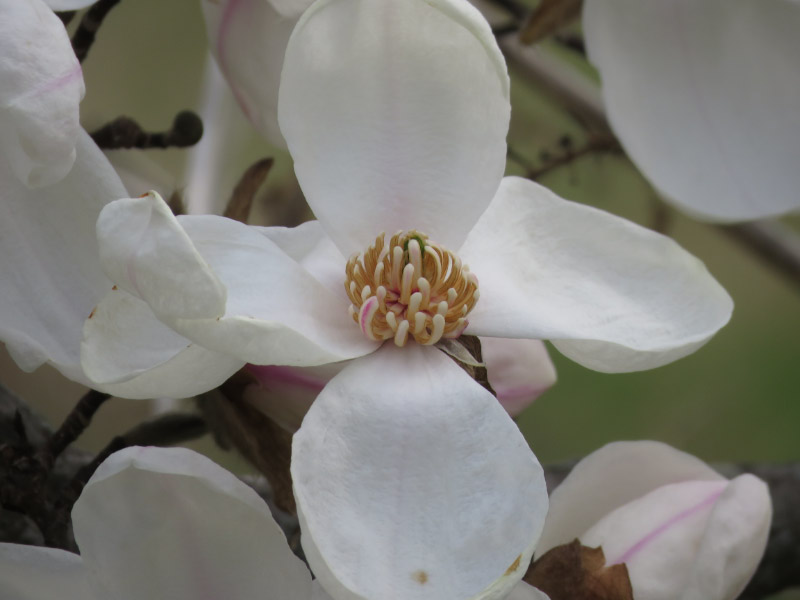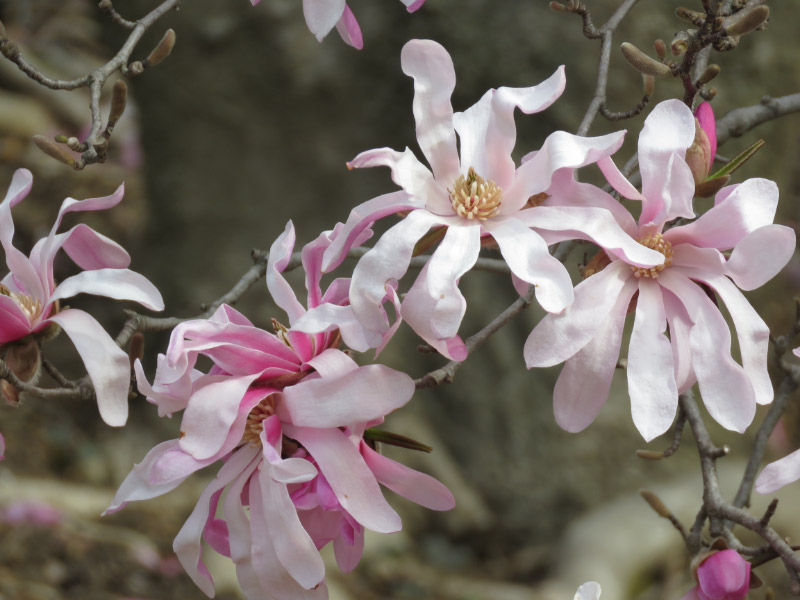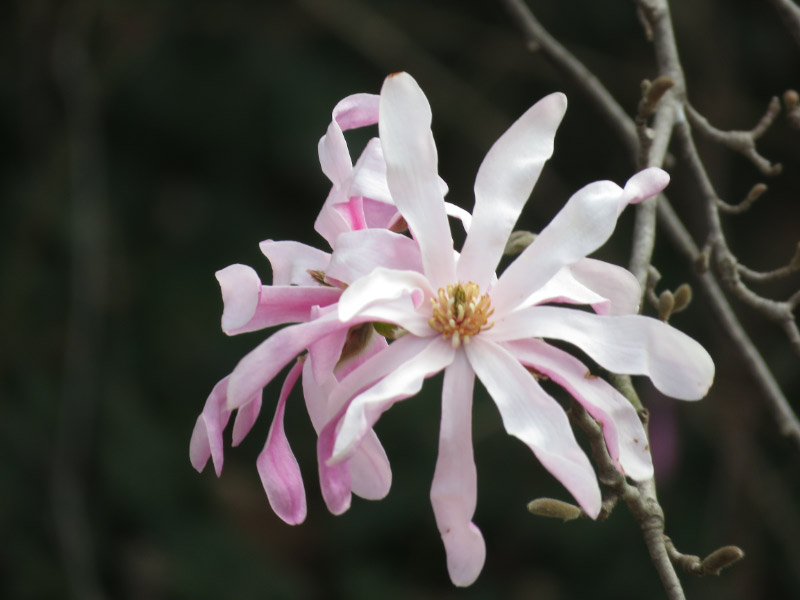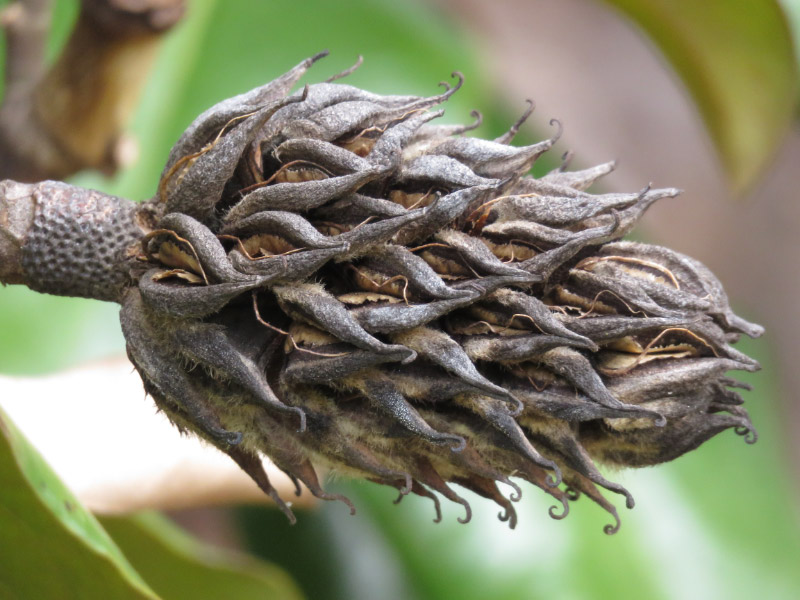Gleanings of the Week Ending June 8, 2024
/The items below were ‘the cream’ of the articles and websites I found this past week. Click on the light green text to look at the article.
Picture this: Snapping photos of our food could be good for us – A study that showed that when people take pictures of what they eat…a more accurate food record (than people’s memory) is obtained and can be analyzed to improve diet! I might try this…do a little self-analysis.
People Are Spotting Rare, Blue-Eyed Cicadas Around Illinois – Most periodic cicadas have red eyes….but this year some have blue! We aren’t hearing cicadas yet at our house even though our area of Missouri is in the range of Brood XIX.
The people racing to build shelters outside tornado alley – It does seem like there have been more violent storms outside of the traditional tornado alley recently. Even in tornado alley – many houses are built on slab foundations (i.e. no basement) and don’t have storm shelters. My husband was the first to voice the requirement for a basement when we were looking at houses in Missouri…and we ended up buying one with the storm shelter too (in the basement and reenforced).
Relics of a Warmer Past, Some Species May Be Suited to a Hotter Future - By the end of this century, the planet is expected to be approximately as warm as it was 130,000 years ago. Species that arose during this time (like the African grass rat) would be able to withstand a hotter climate. A new model projects that there will be a 39% drop in the number of resident species in tropical lands due to excessive heat.
In a Seismic Shift, U.S. Army Corps of Engineers Elevates Nature-Based Solutions – Finally! Some examples of solutions that are nature based include: Floodplains, Living shorelines, Beaches, Dunes, Wetlands, Reefs, Islands, Green roofs, Tree canopies, Rain gardens, Bioswales, Retention basins, and Permeable and pervious pavements. The upcoming rule issued by the Army Corps is expected to further institutionalize the nature-based future landscape architects have pushed for. But more advocacy will be needed to spread the benefits of designing with nature across all the communities with which the Army Corps engages.
7 Strange Species from the Ocean’s Depths – How many of these have you heard about before? I’d heard of 6 of the 7…the one that was new to me was the Yeti Crab. I didn’t know the Greenland Shark was the same as Ommatokoita though.
Women are 14 times more likely to die in a climate disaster than men. It’s just one way climate change is gendered – And women represent 80% of people displaced by extreme weather. The reasons include women’s pre-existing social and economic disadvantage…and their responsibility for caring for other vulnerable groups, such as children or older people. The author is writing about Australia…but this probably is happening around the world too.
Giant Pandas are returning to D.C.'s National Zoo – Hurray! The new pandas are due before the end of the year and the zoo is upgrading the building and outdoor space now to be ready for their arrival.
Cool Pavements Show Promise as Part of Urban Climate Resilience Strategy – Results from a pilot project in LA that applied a solar-reflective pavement coating, to more than 700,000 square feet of neighborhood streets and another special coatings to basketball courts, parking lots, a school playground, and a colorful community mural by a local artist in July 2022. The study results were published in April 2024: reductions in ambient air temperatures by as much as 3.5°F during extreme heat events and a 25-50 percent reduction in the local census-tract urban heat island index during daytime temperature peaks. The research also indicated notable reductions of up to 10°F or more in surface temperatures following the application of solar reflective pavement coatings, which directly correlated to a reduction in air temperature and felt temperature in the community.
Riverdance at 30: how Riverdance shaped Irish dance, and reflected a multicultural Australia – The history of Irish dancing….and the impact of Riverdance. The article includes multiple videos.











